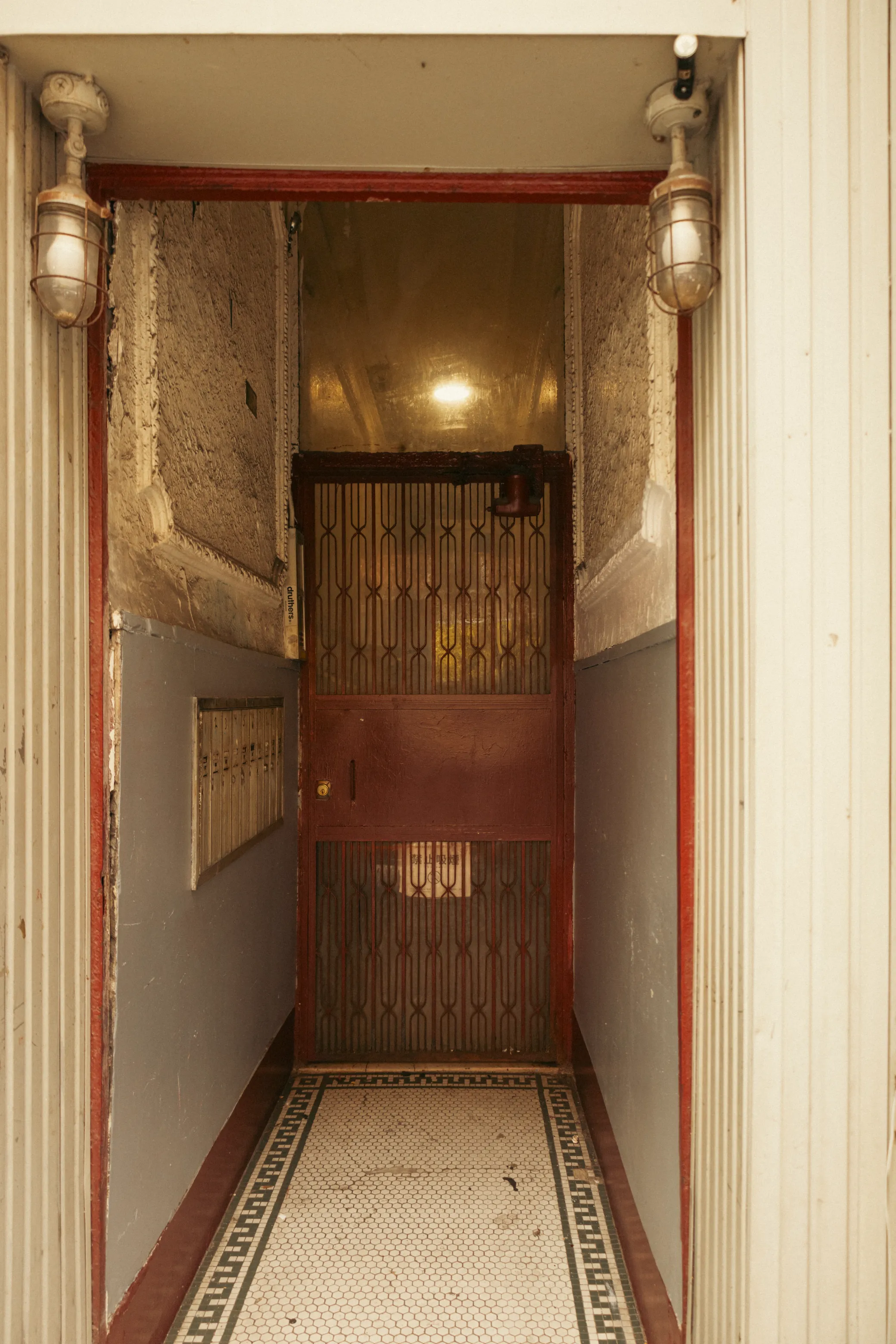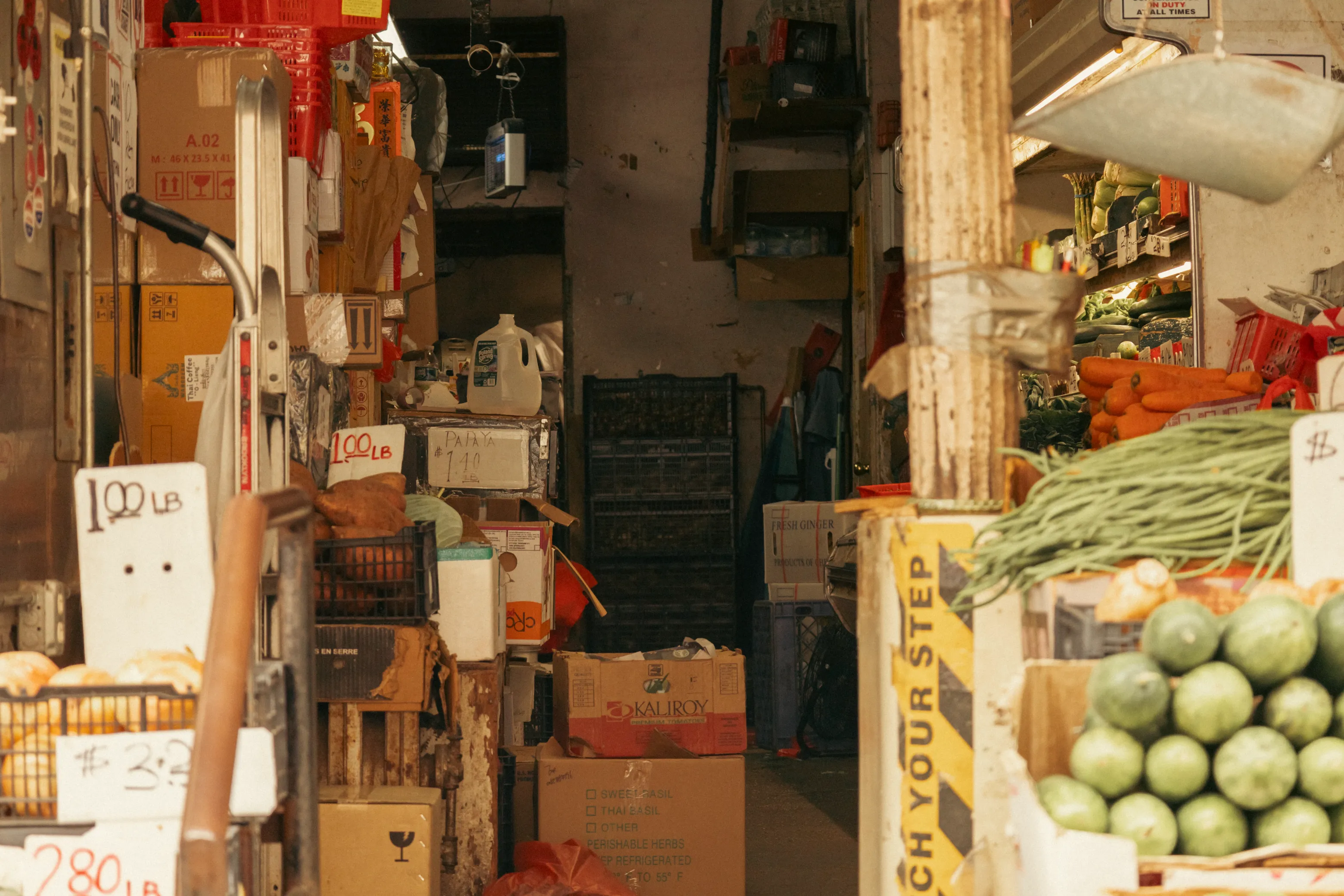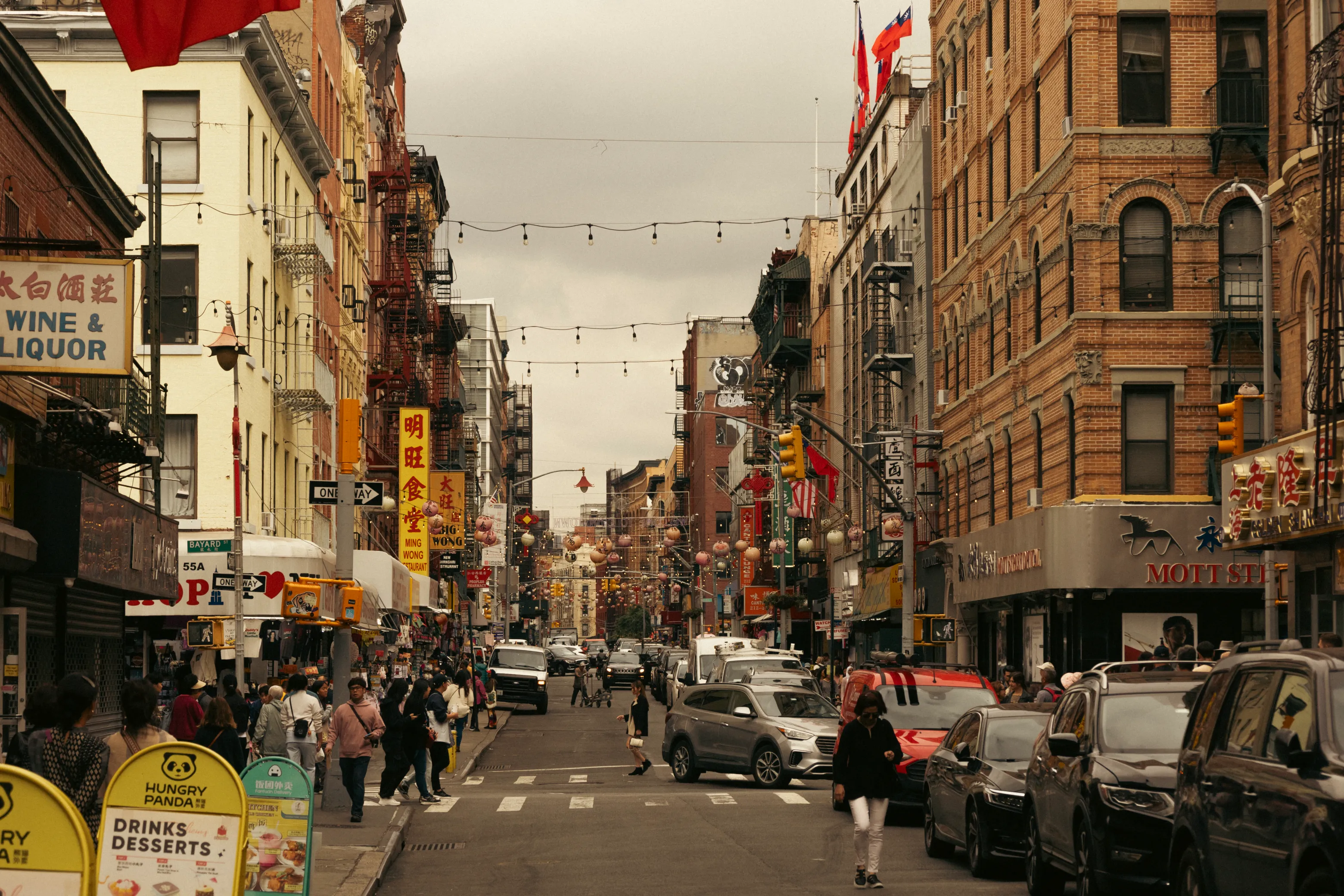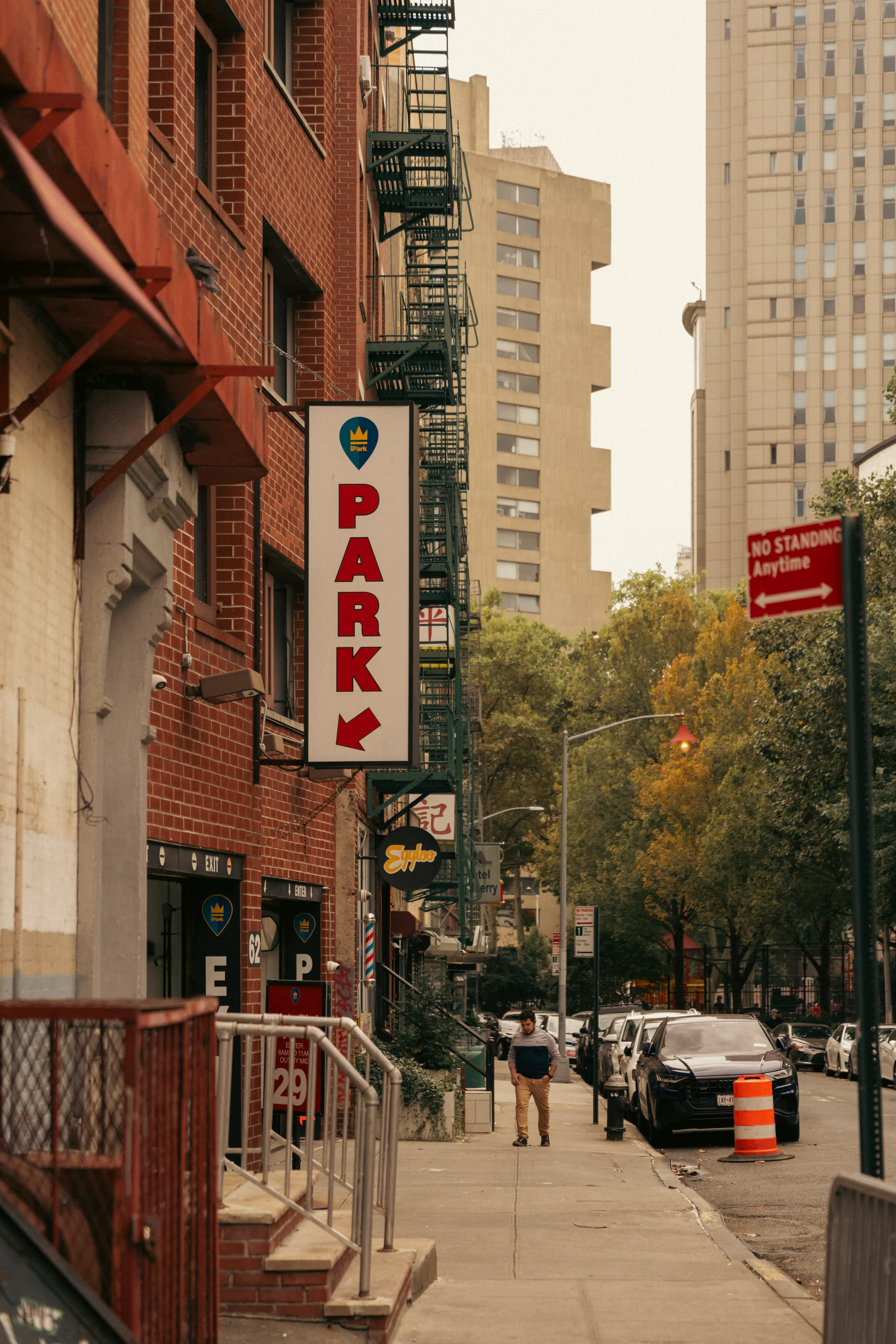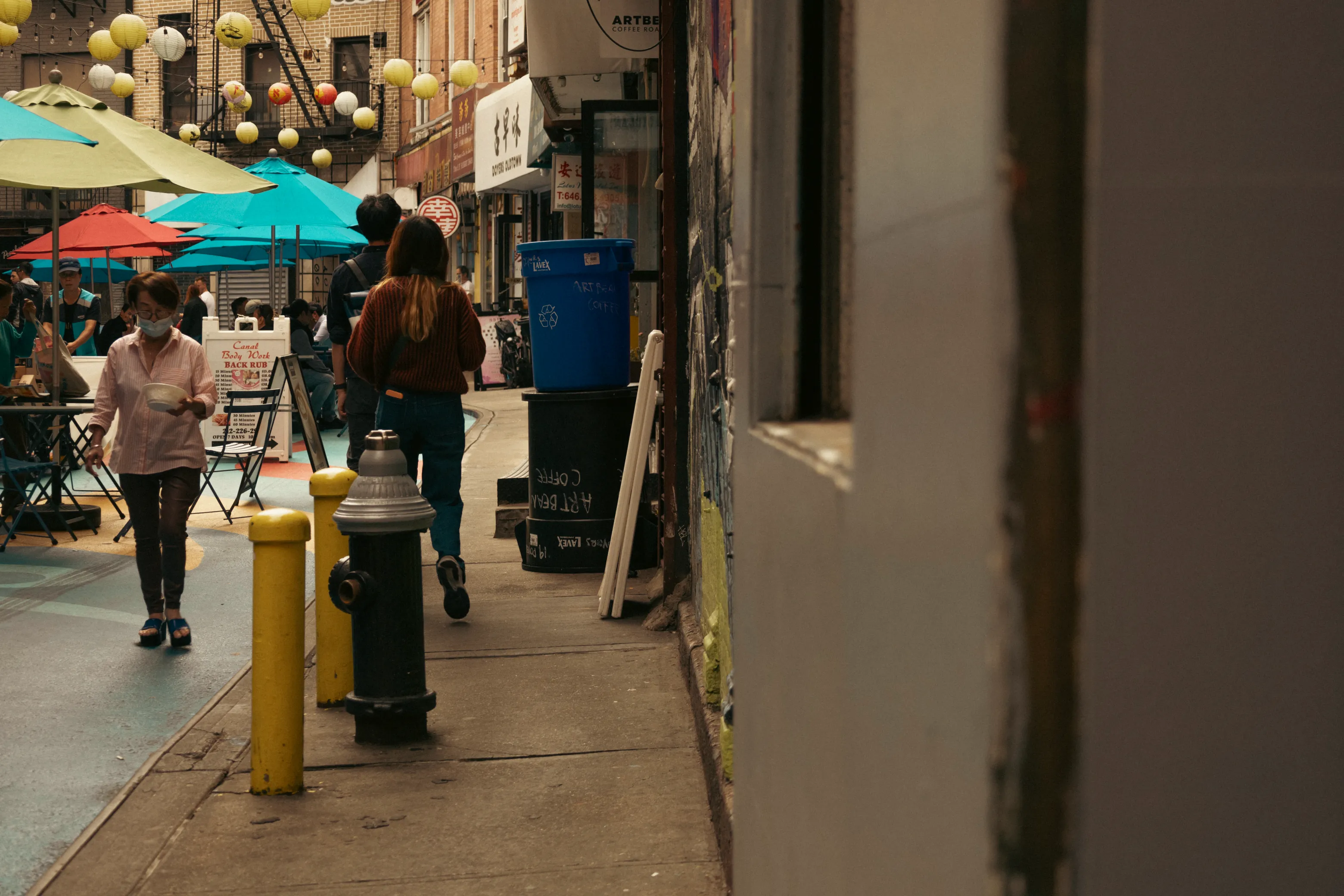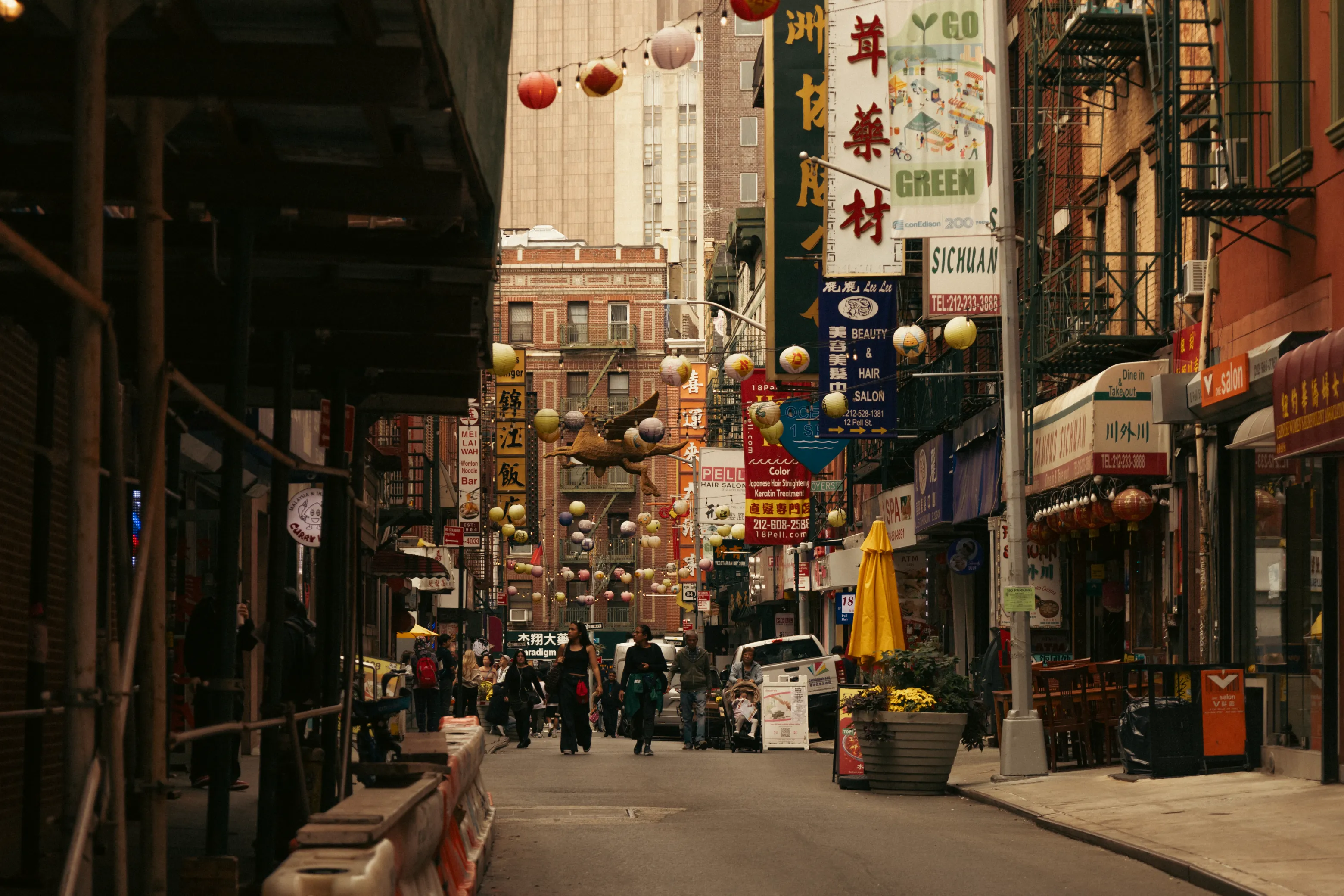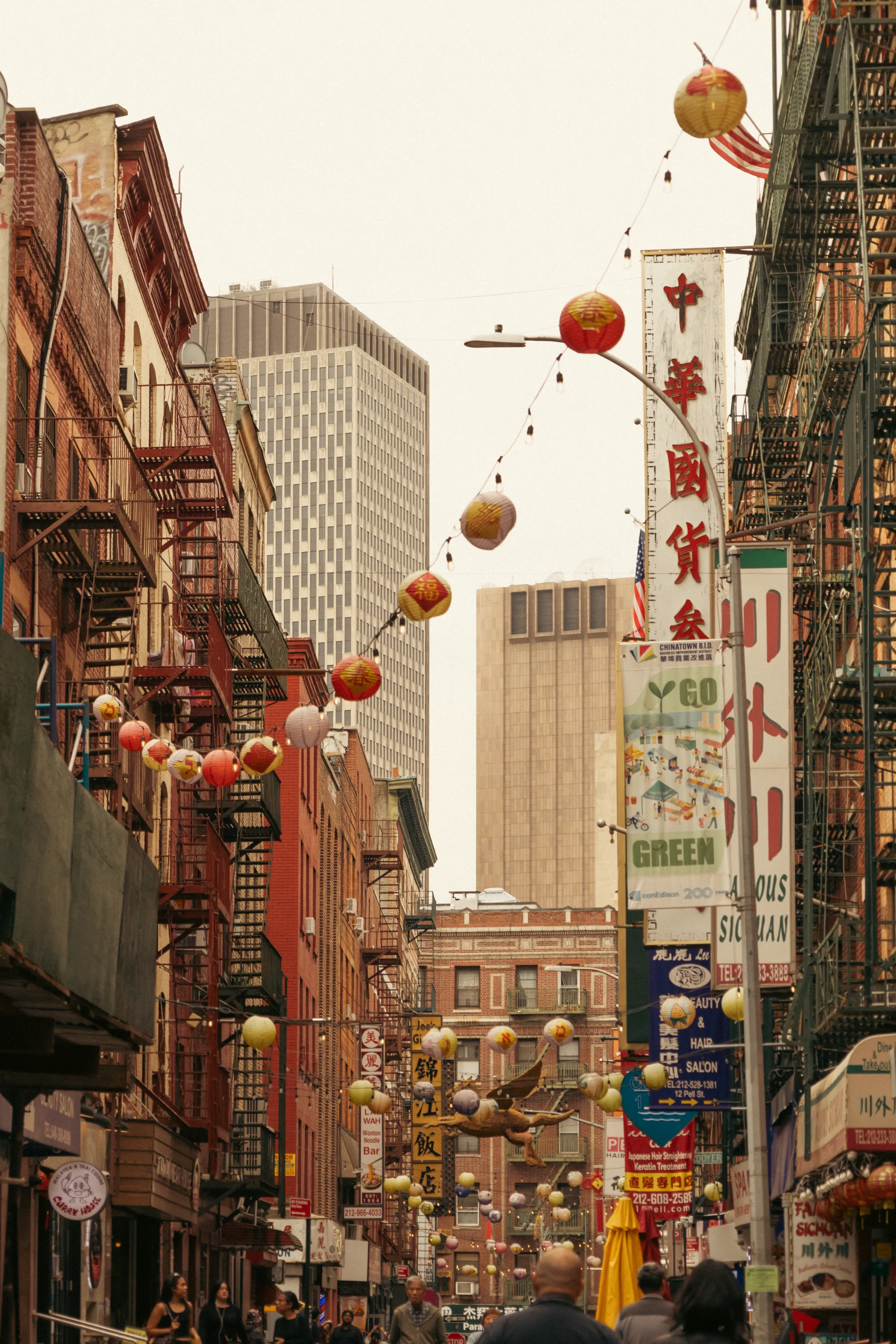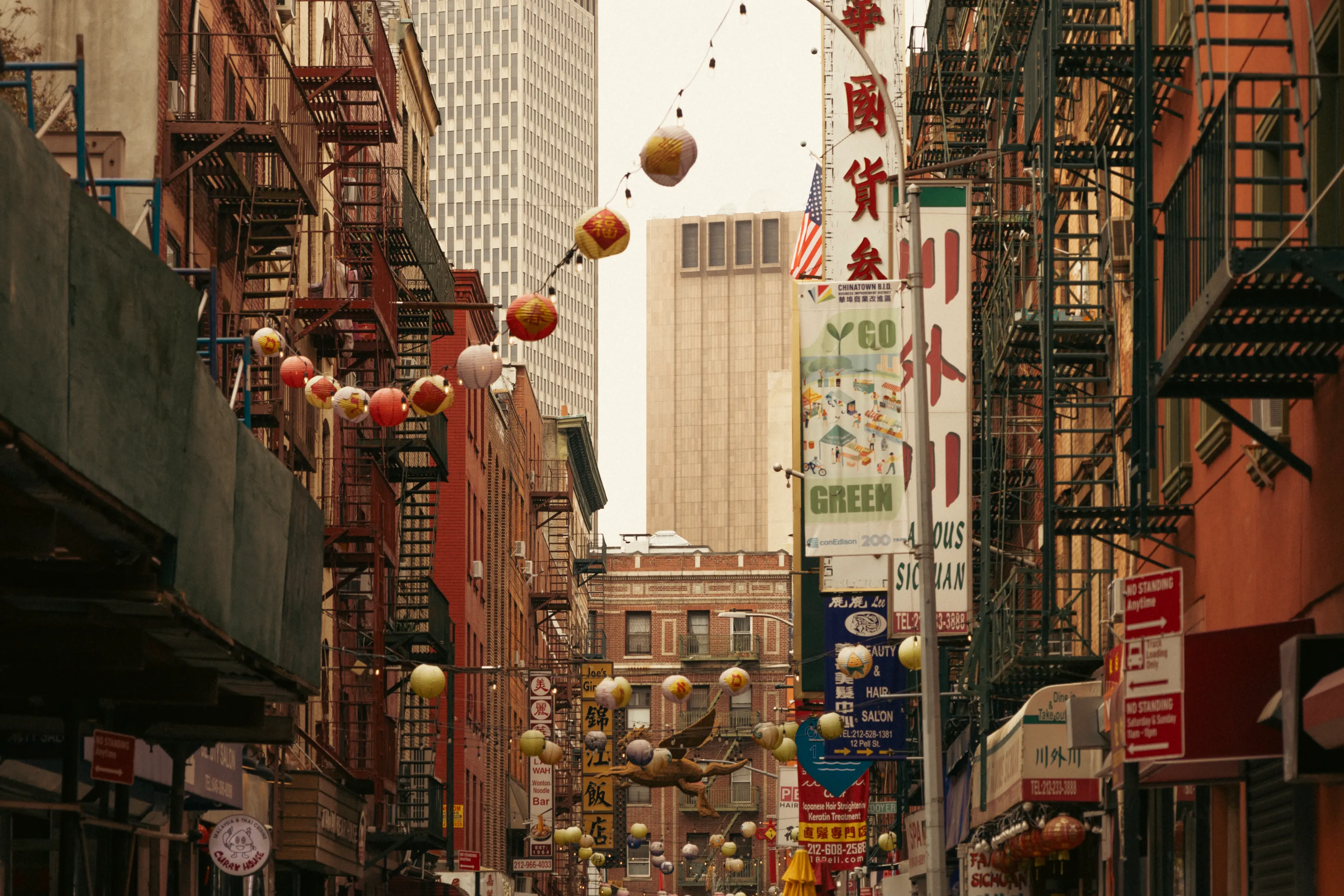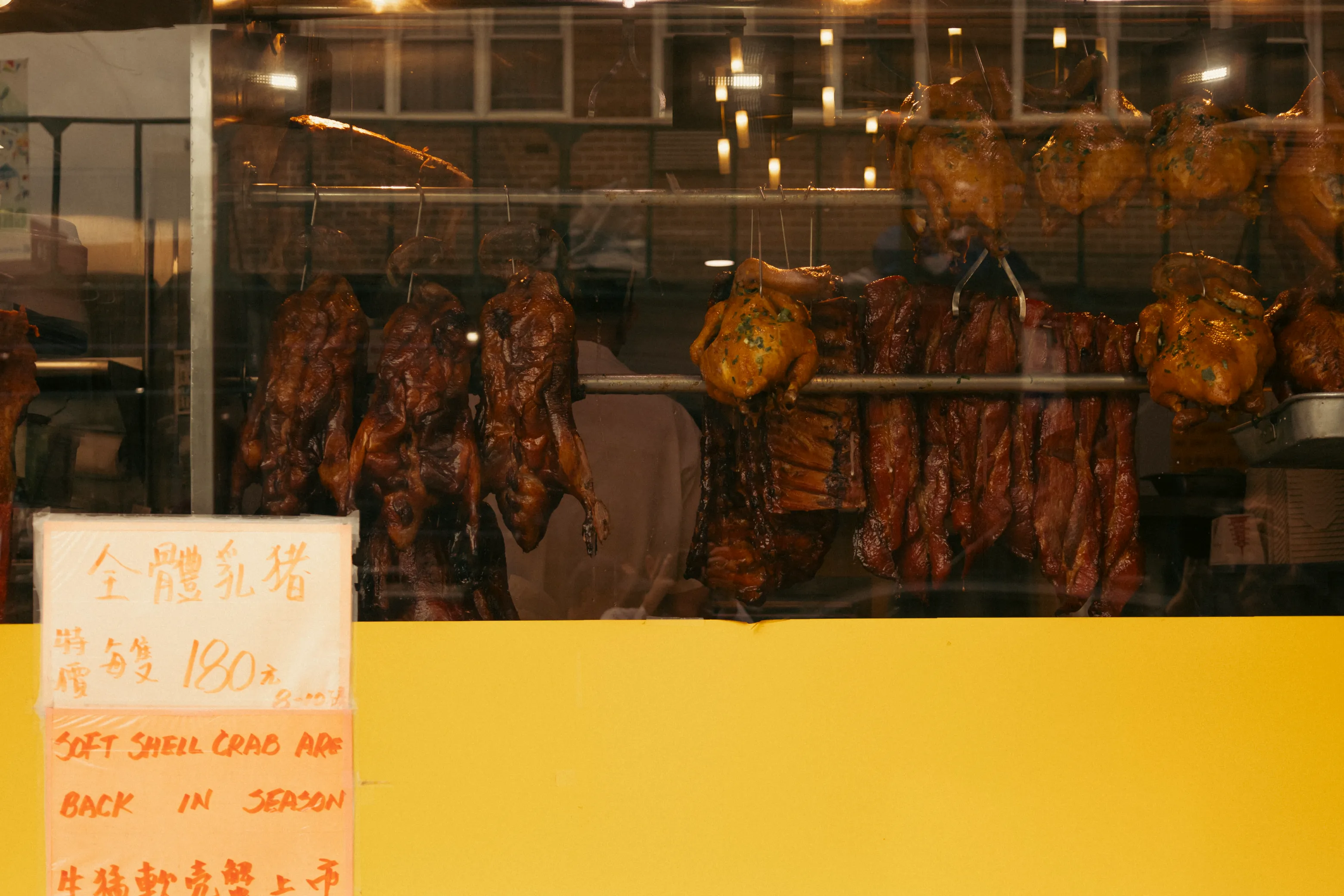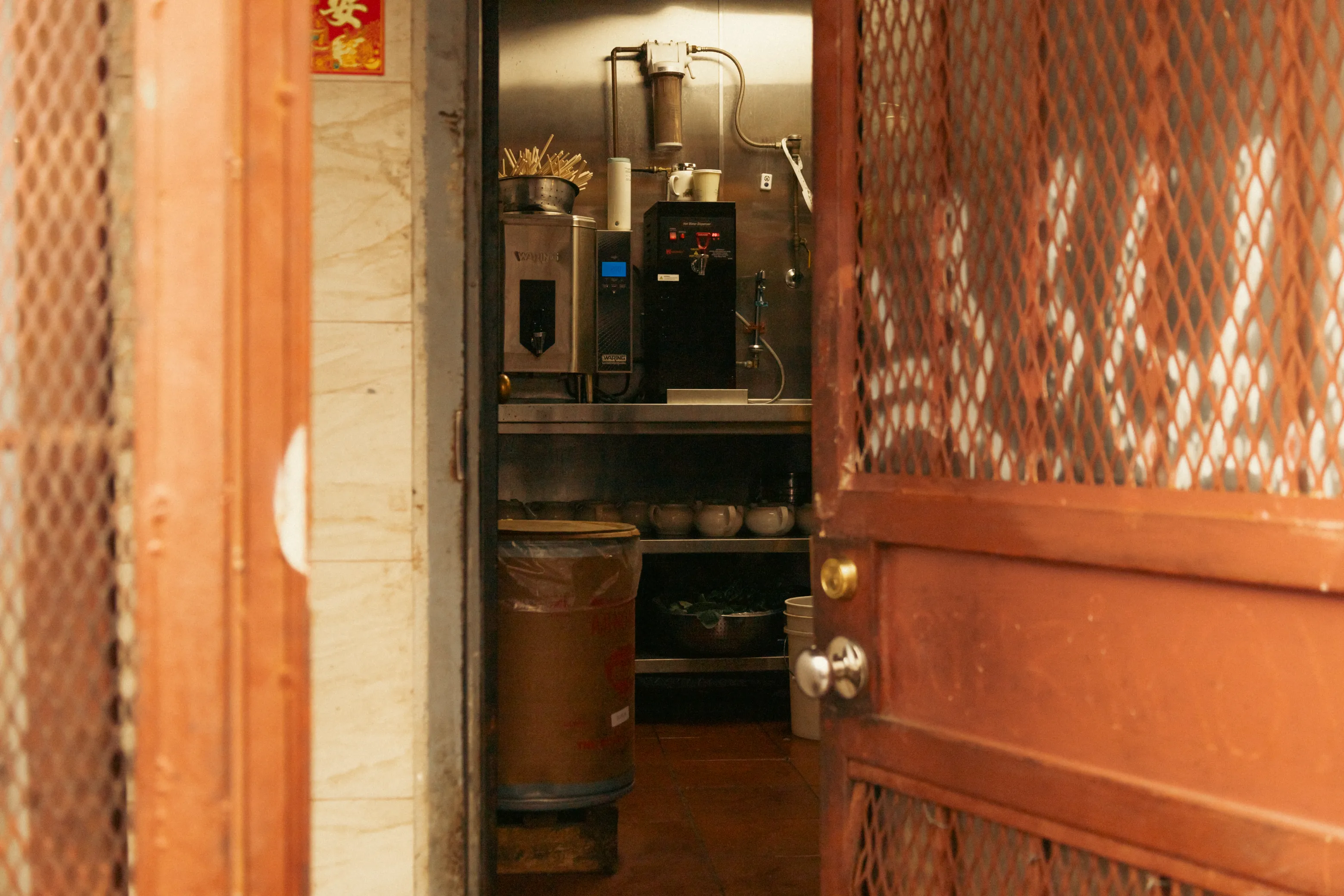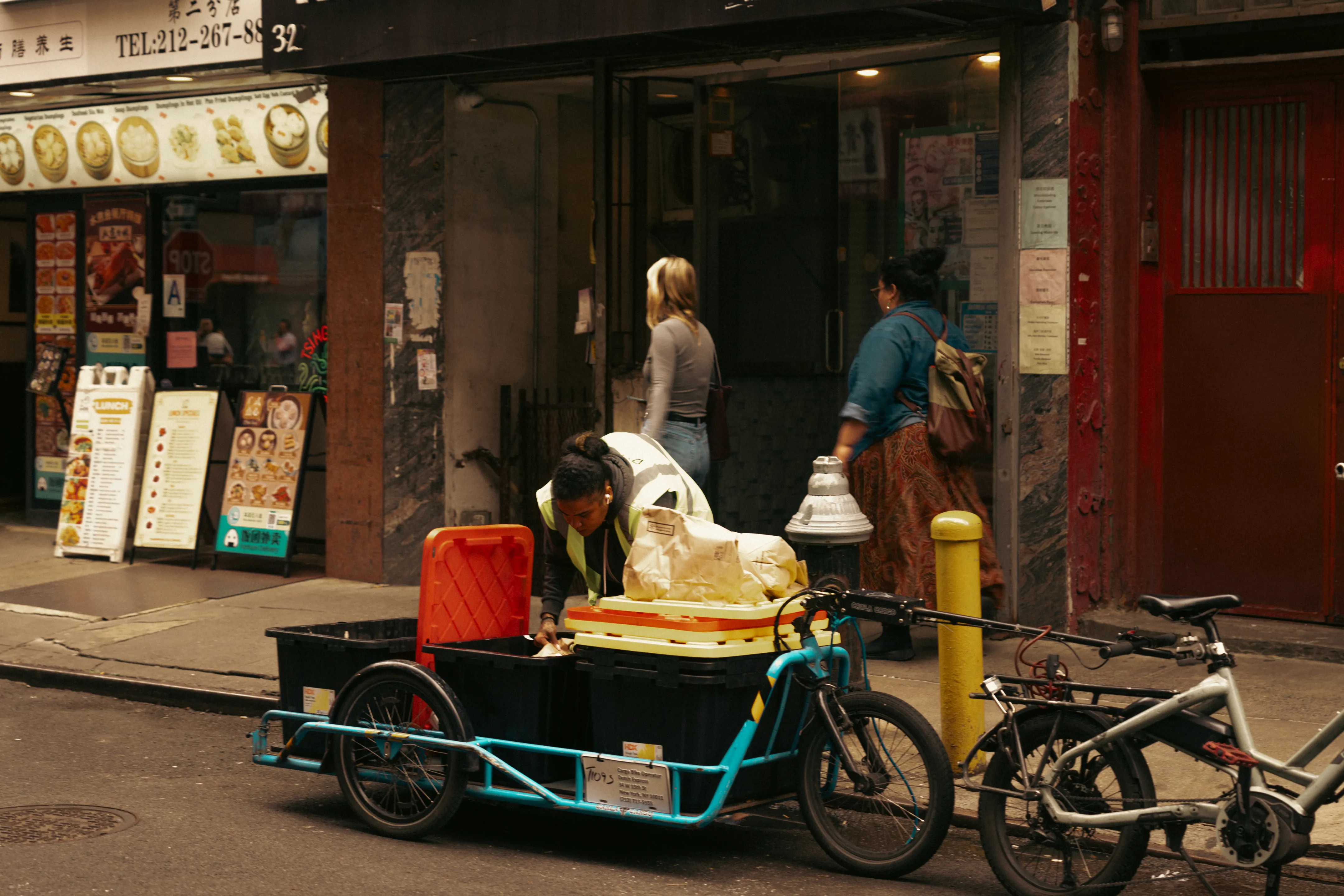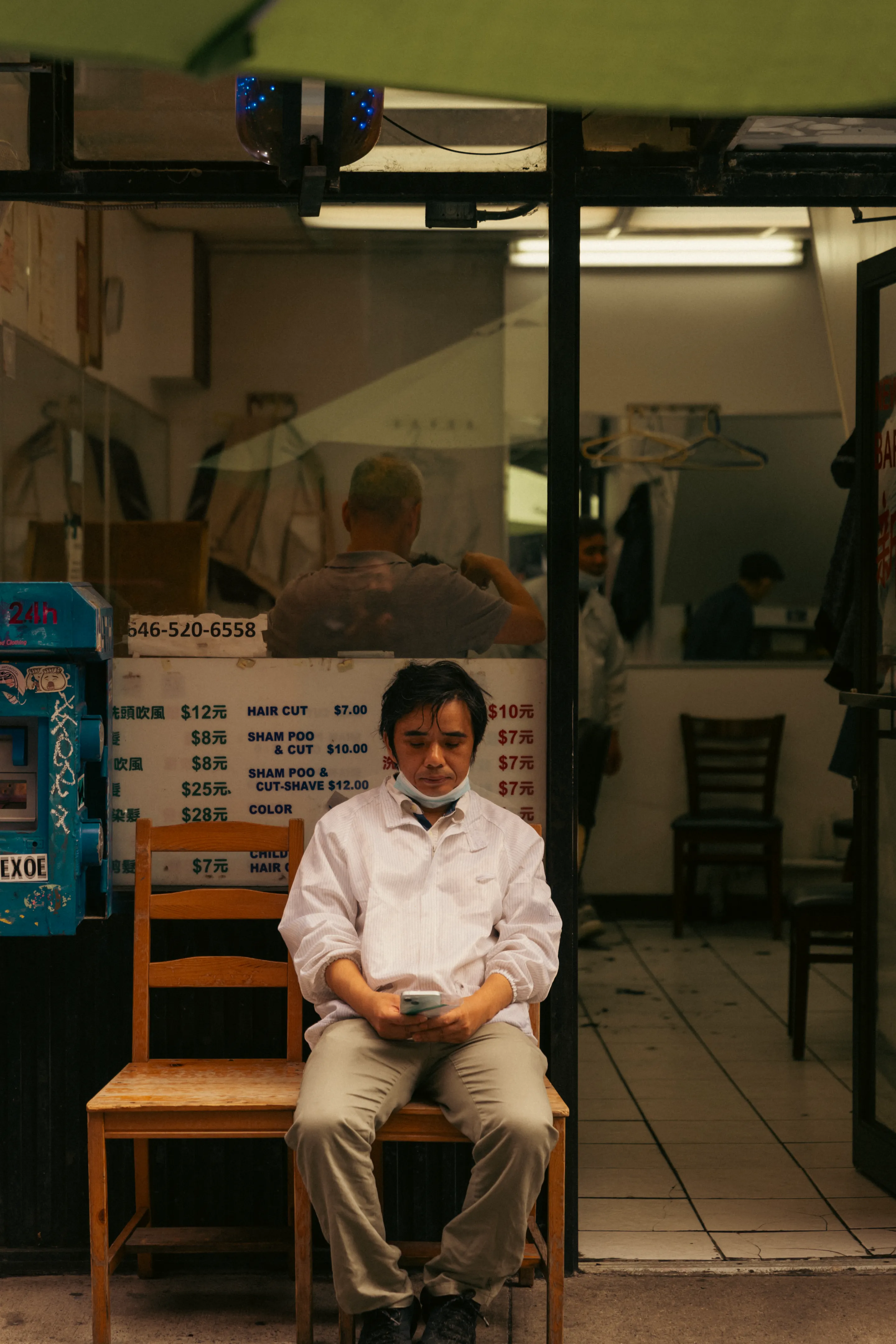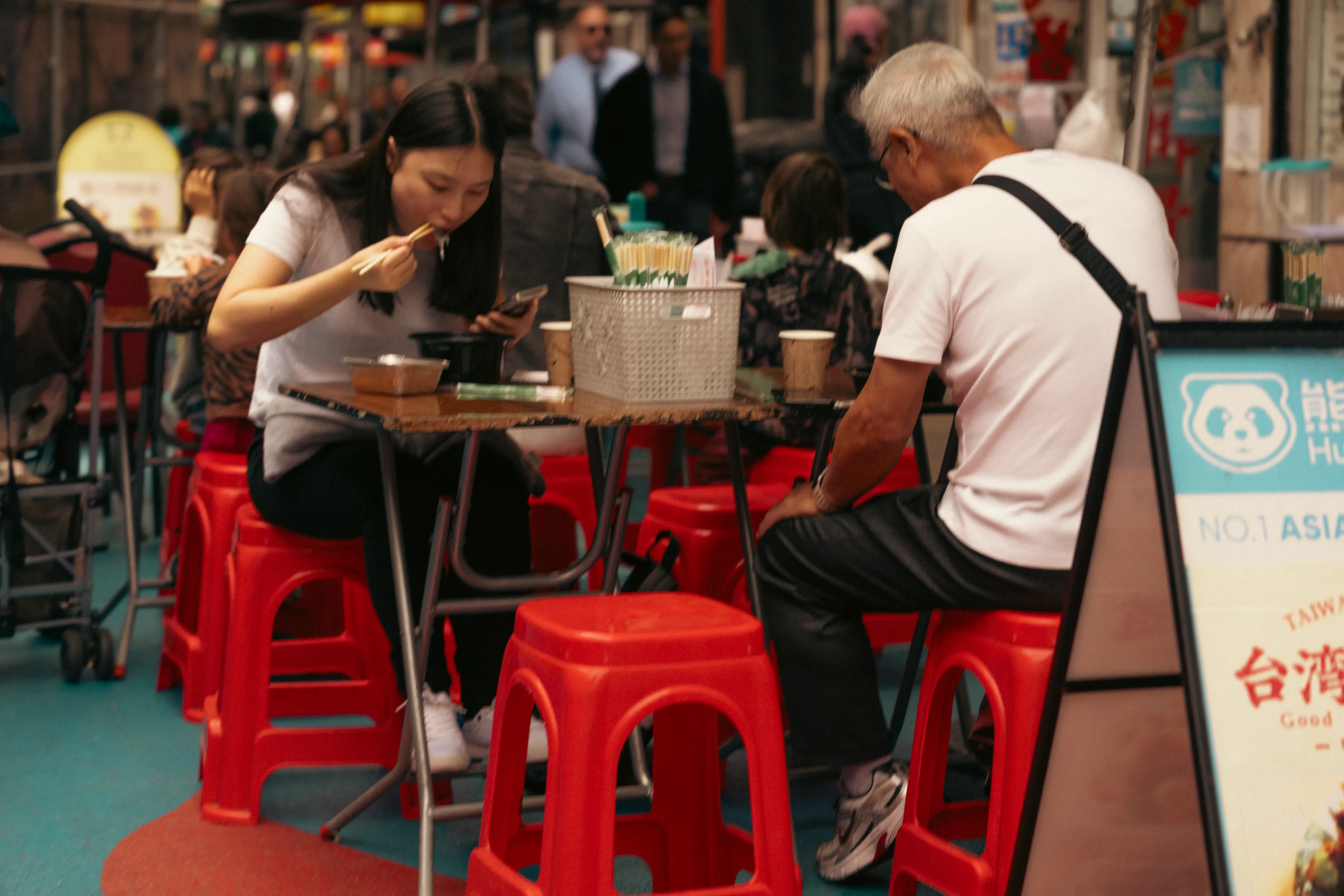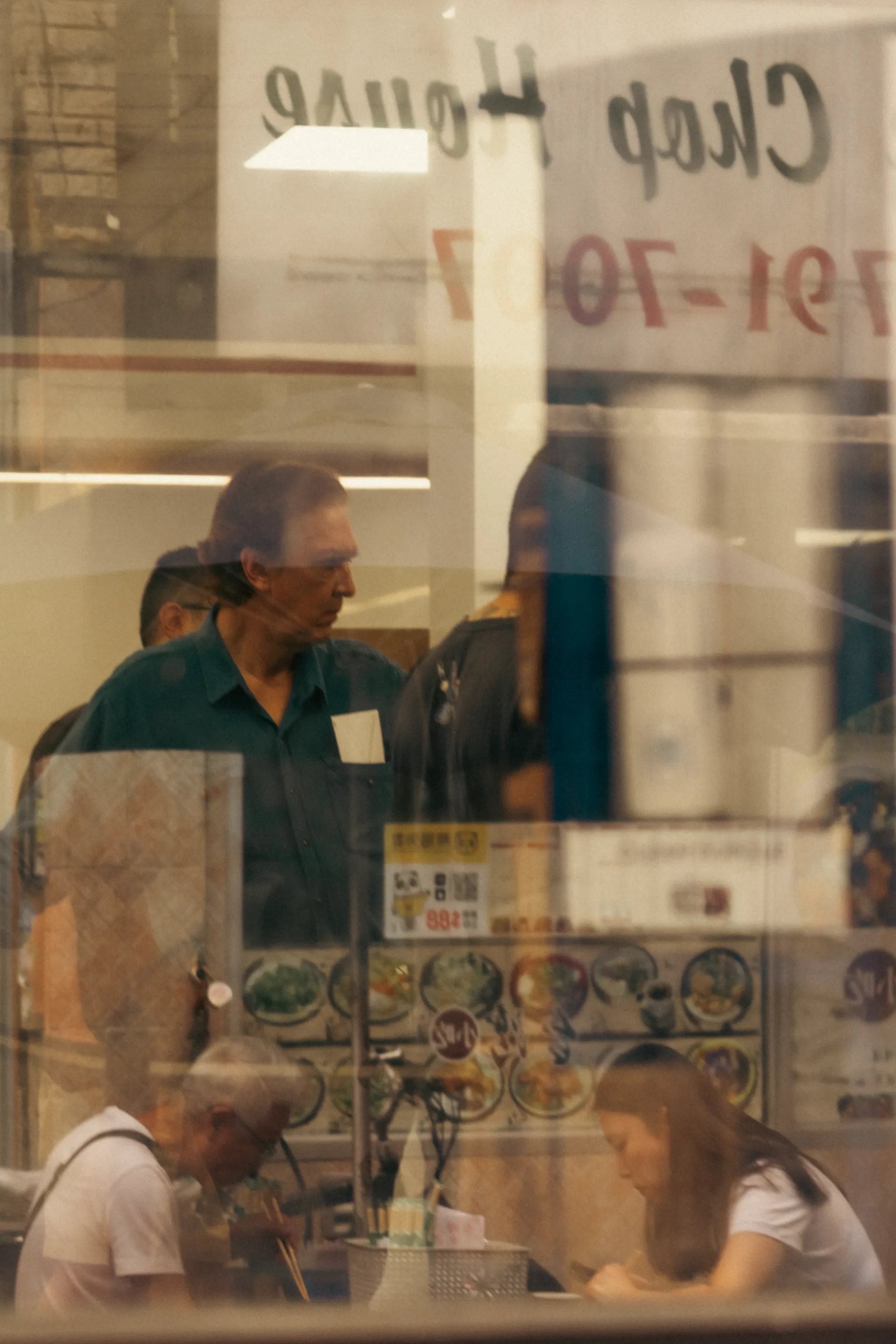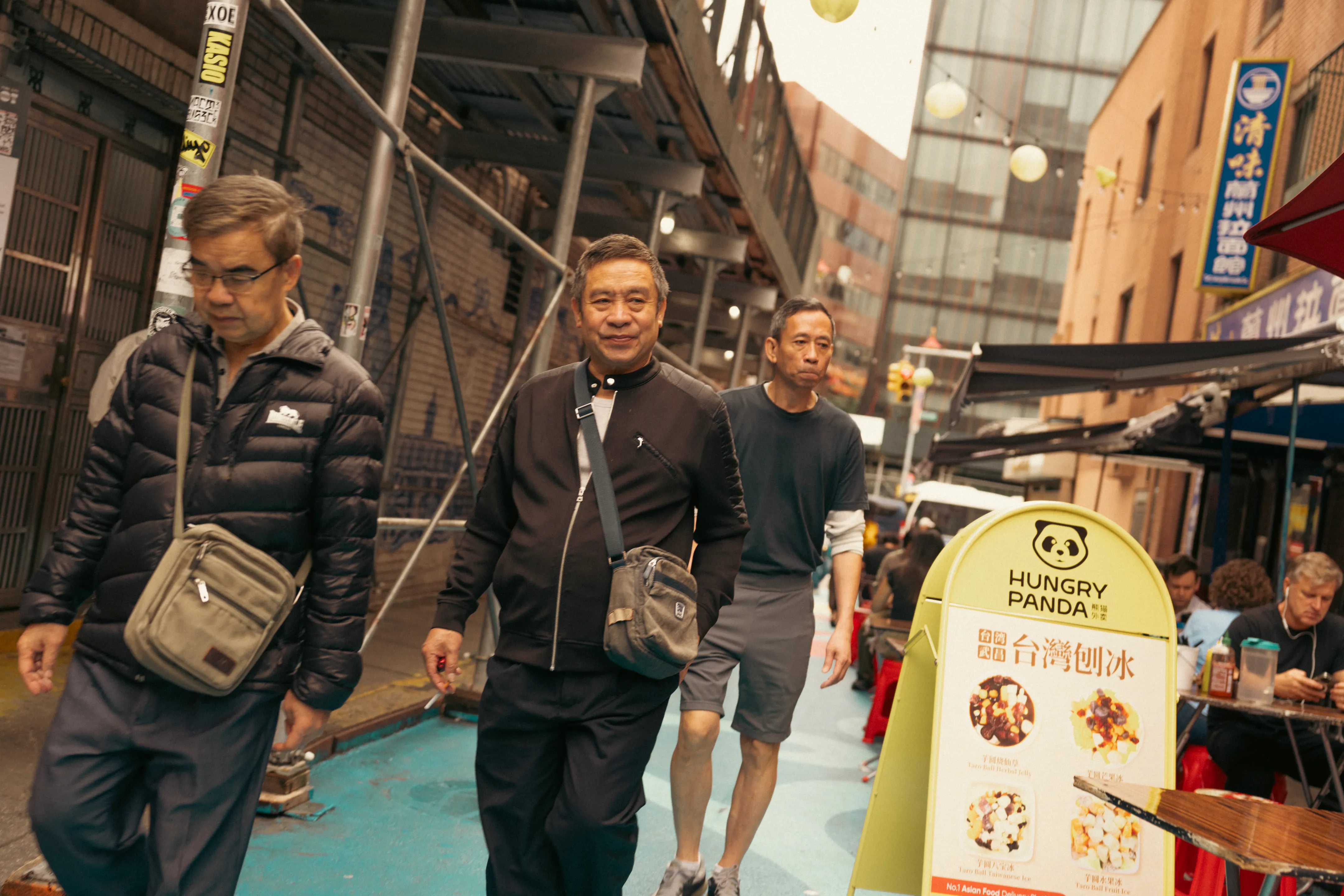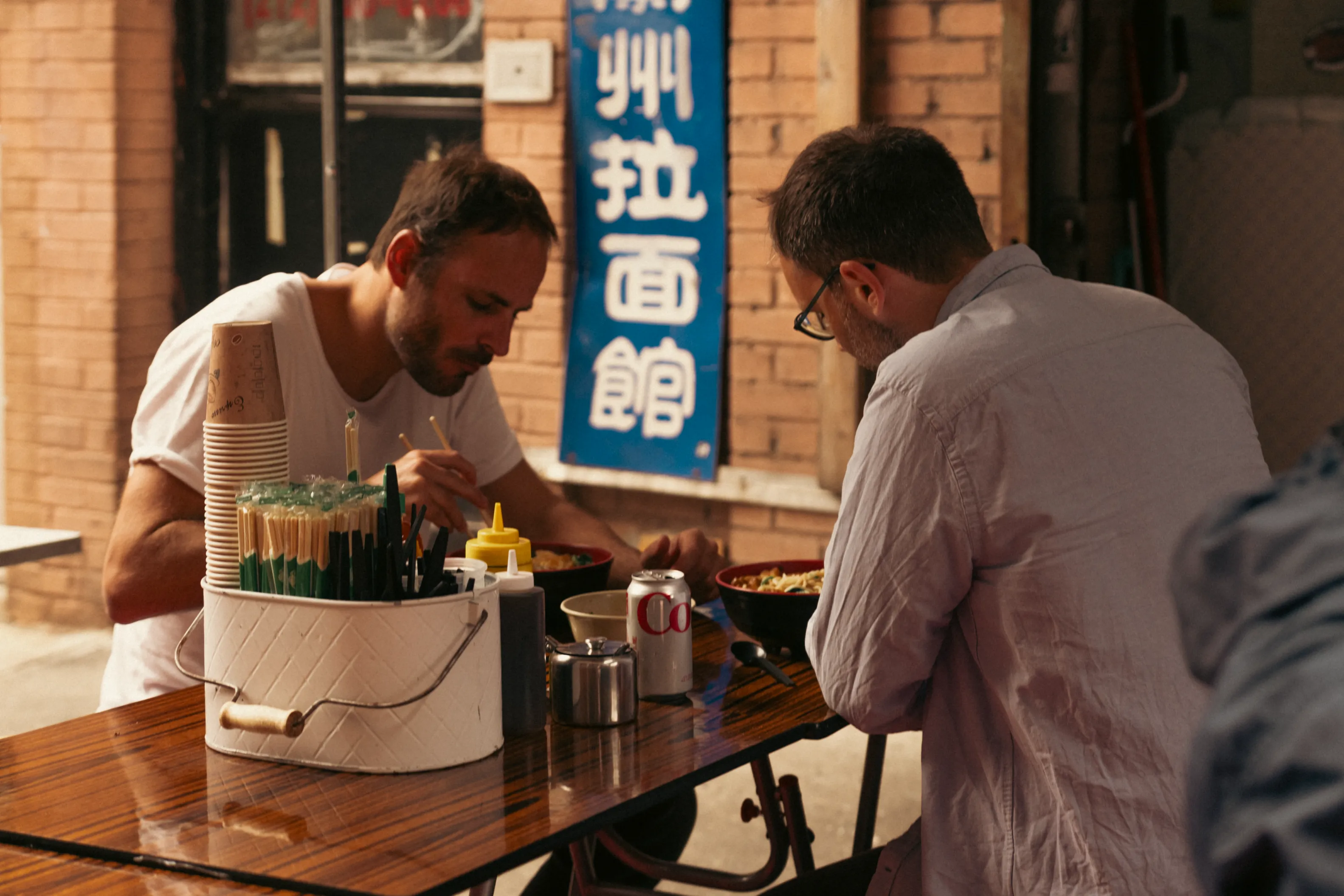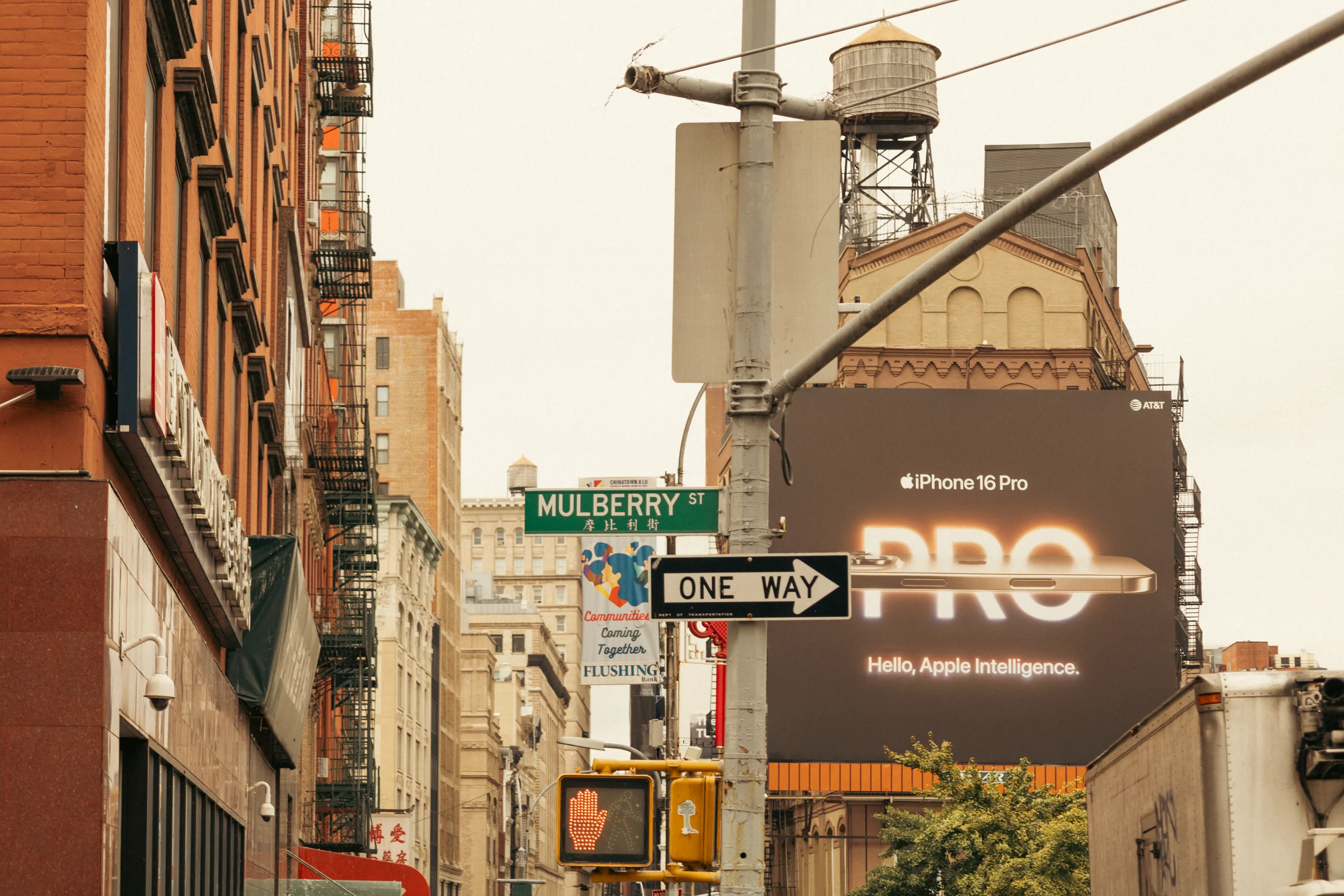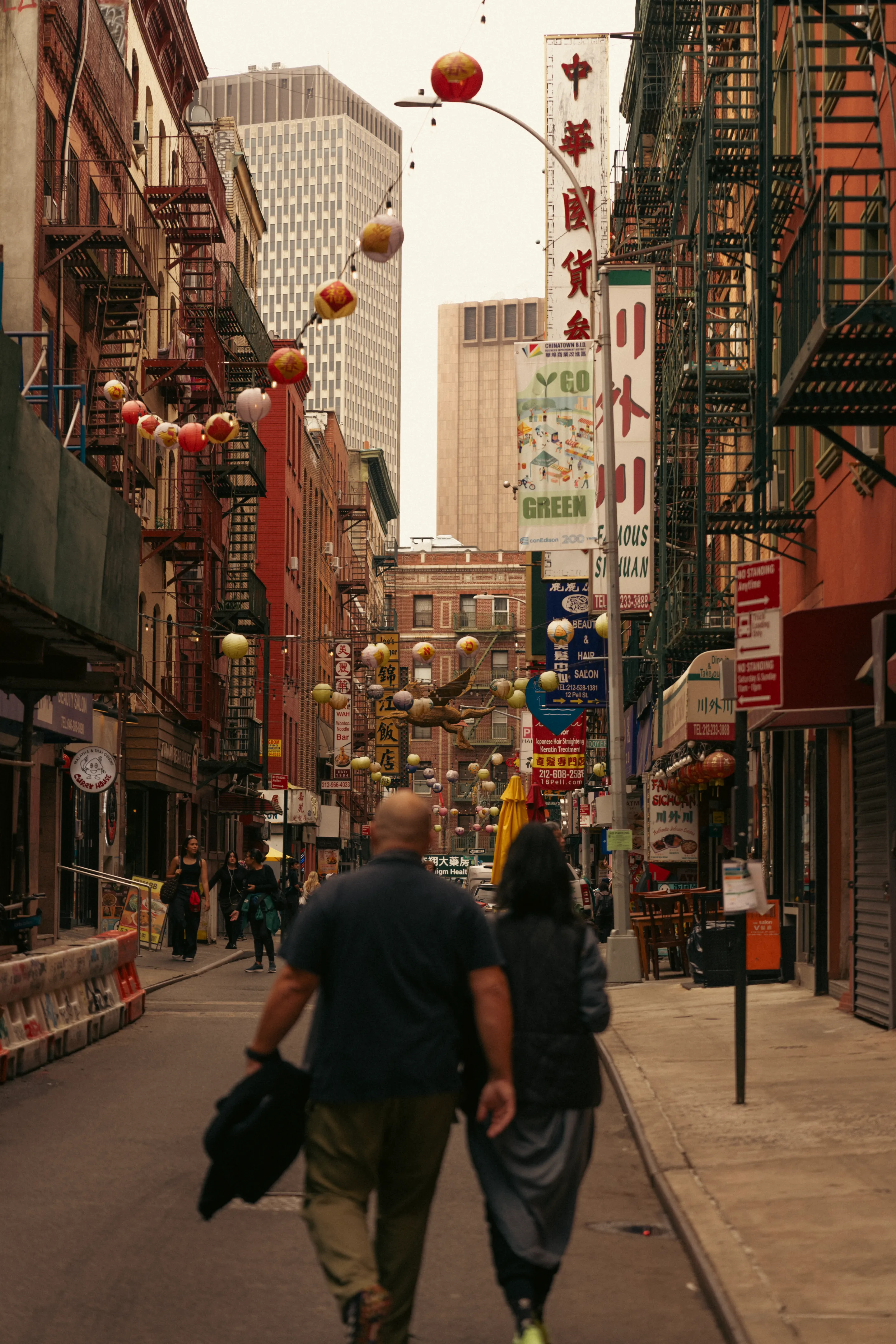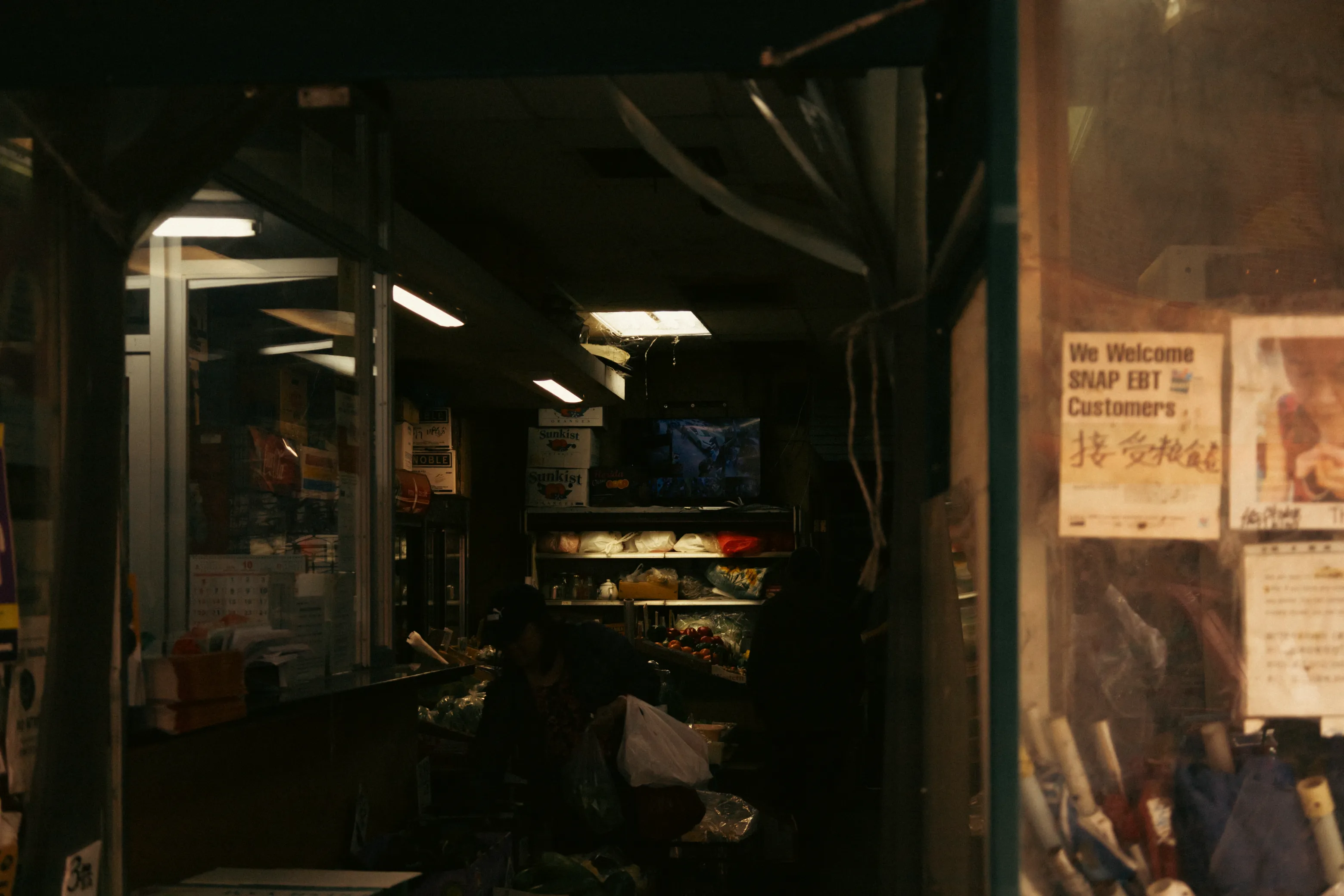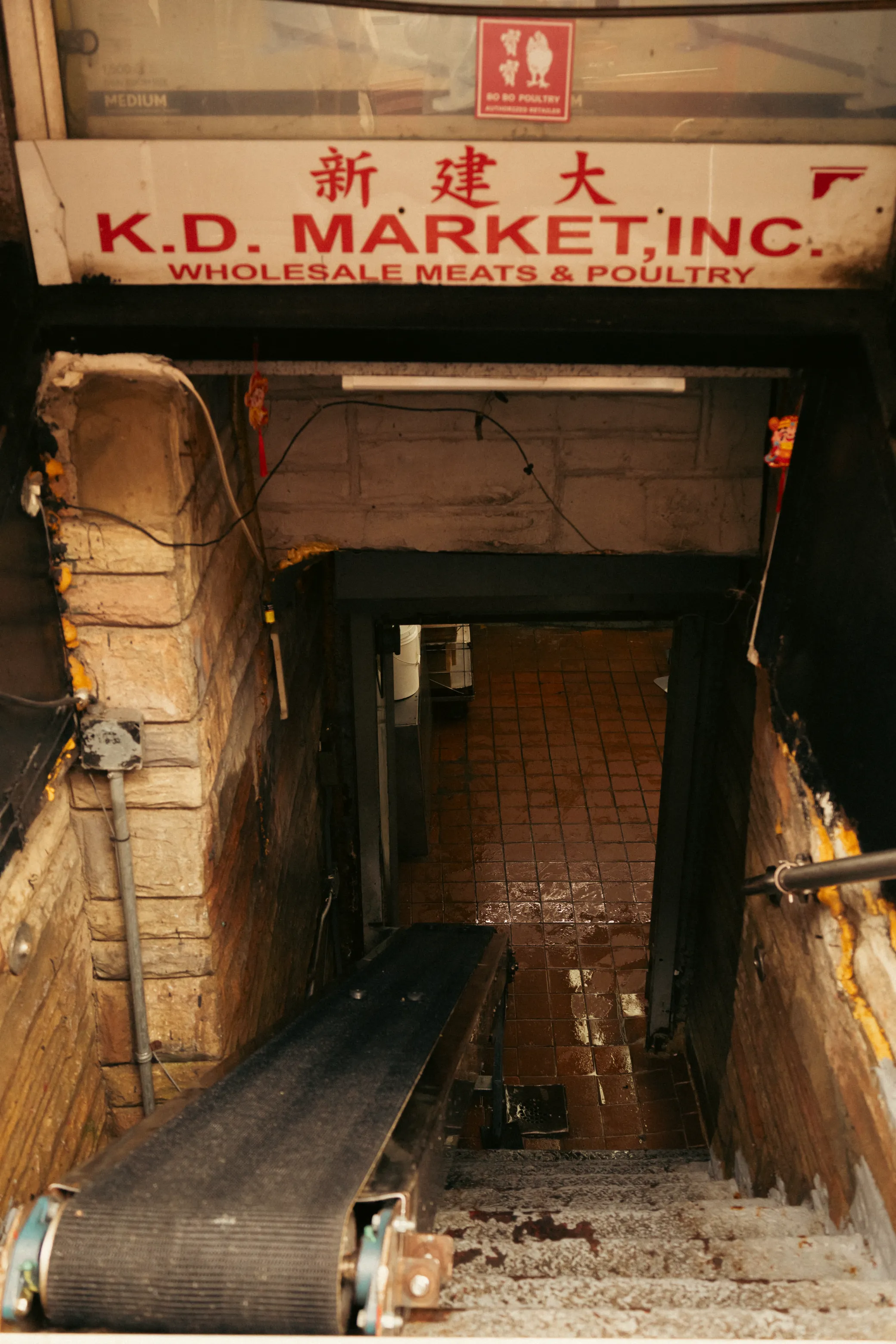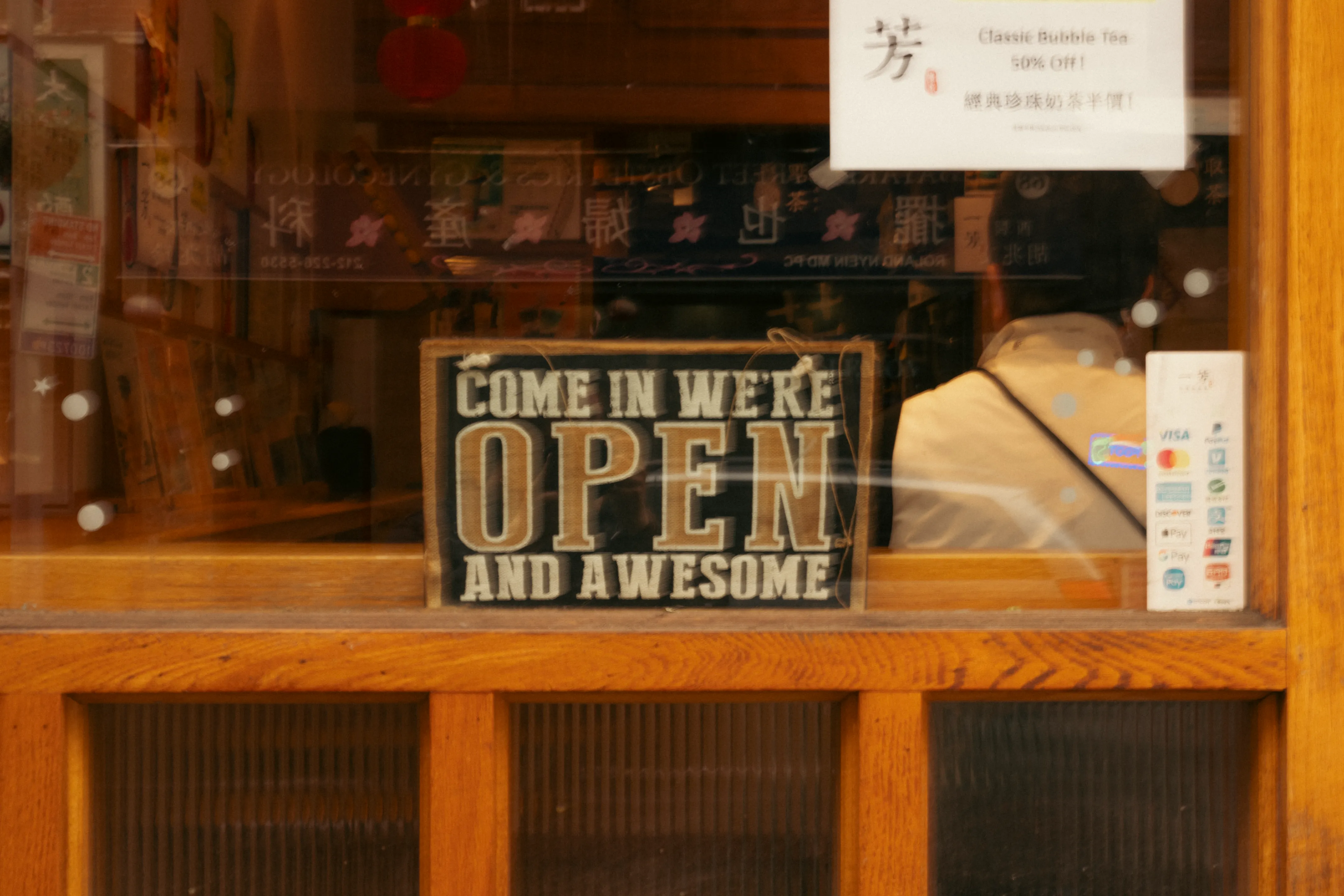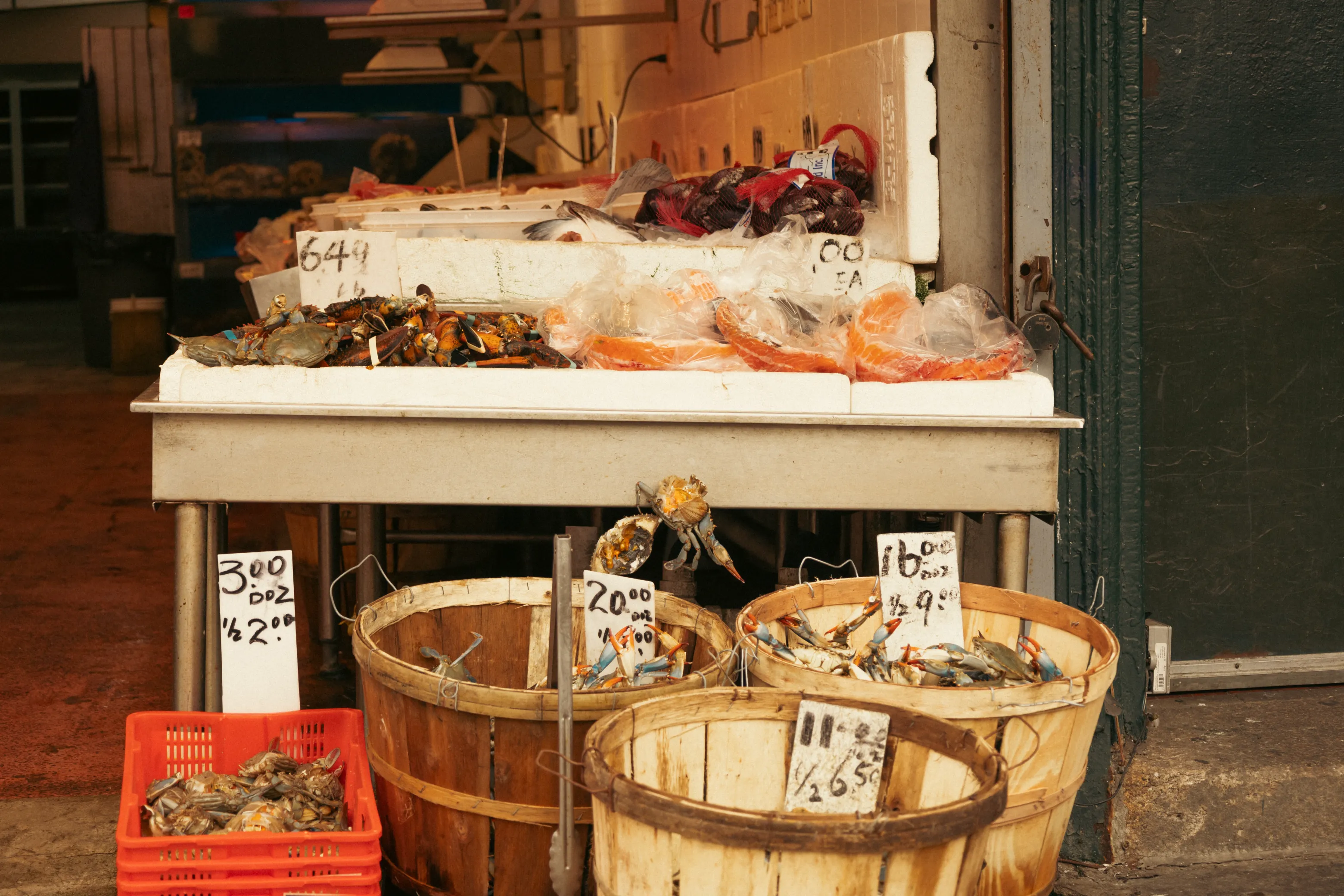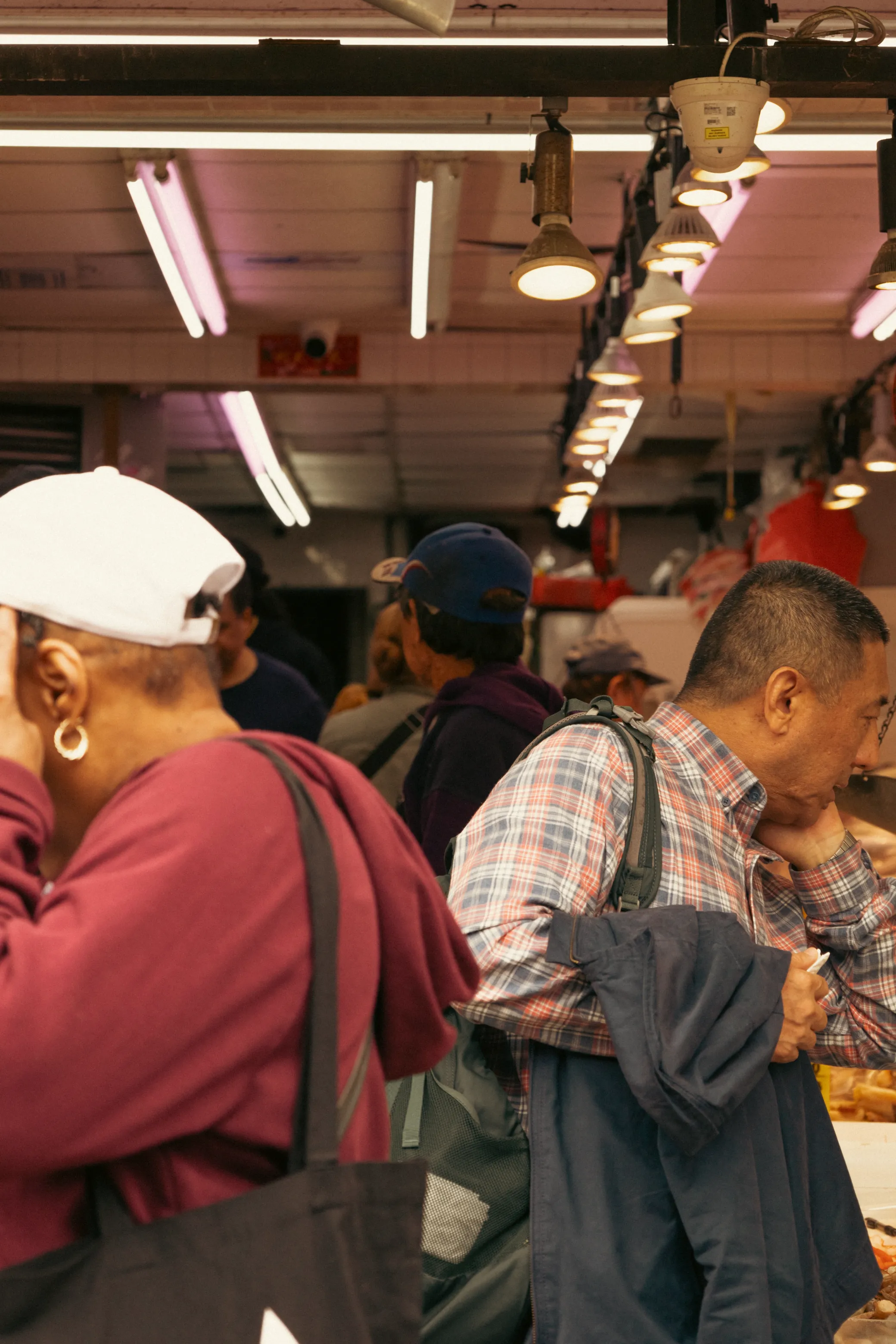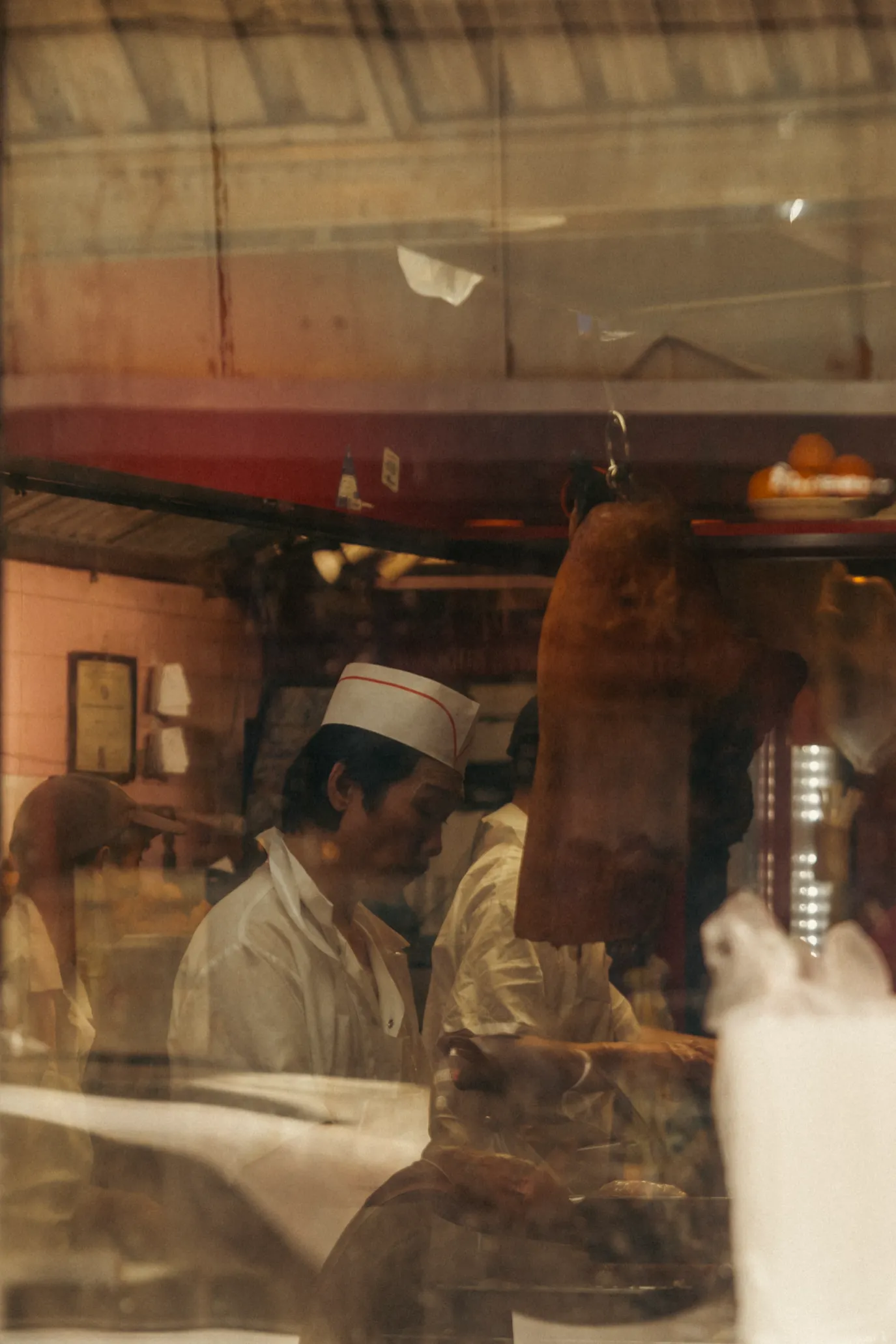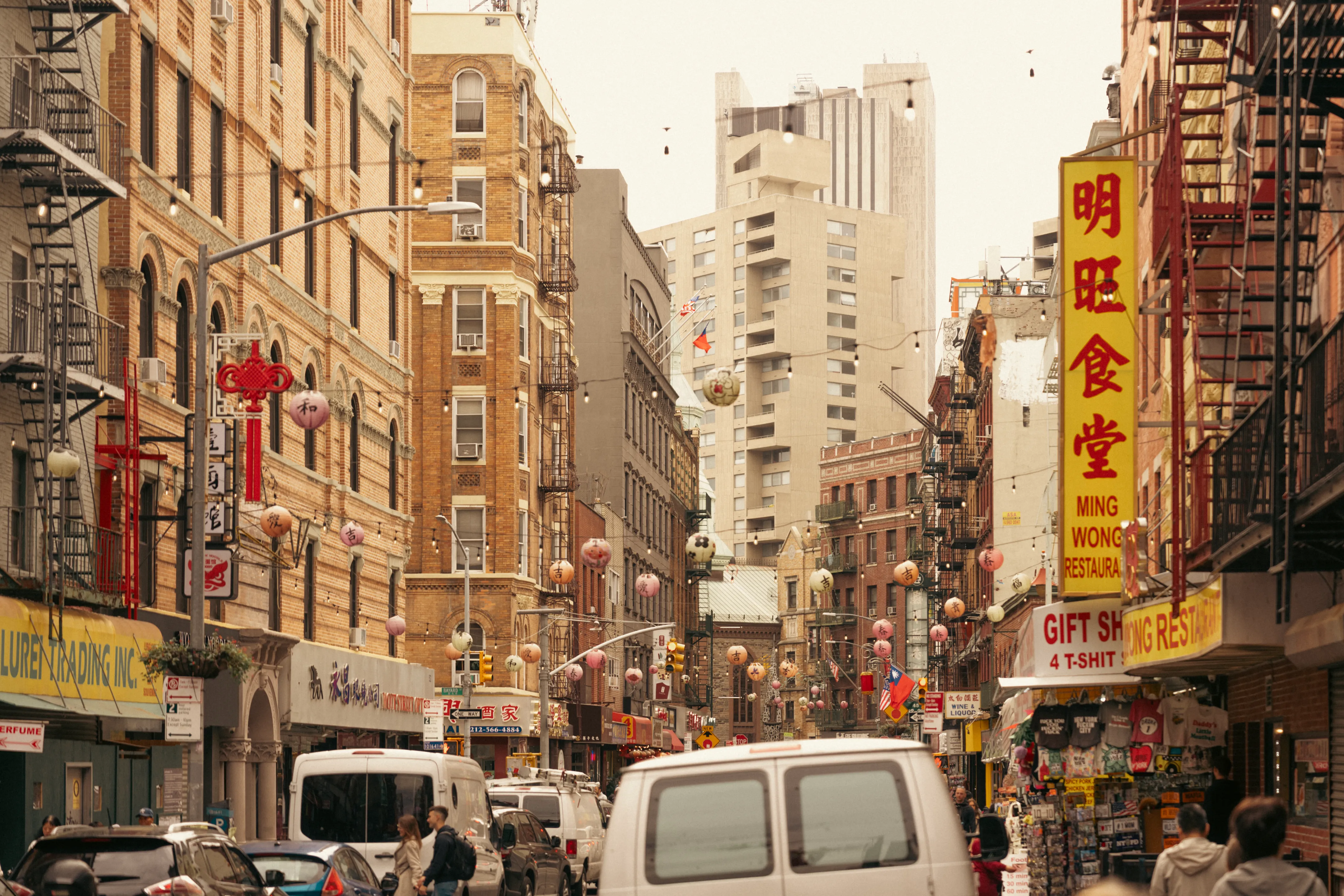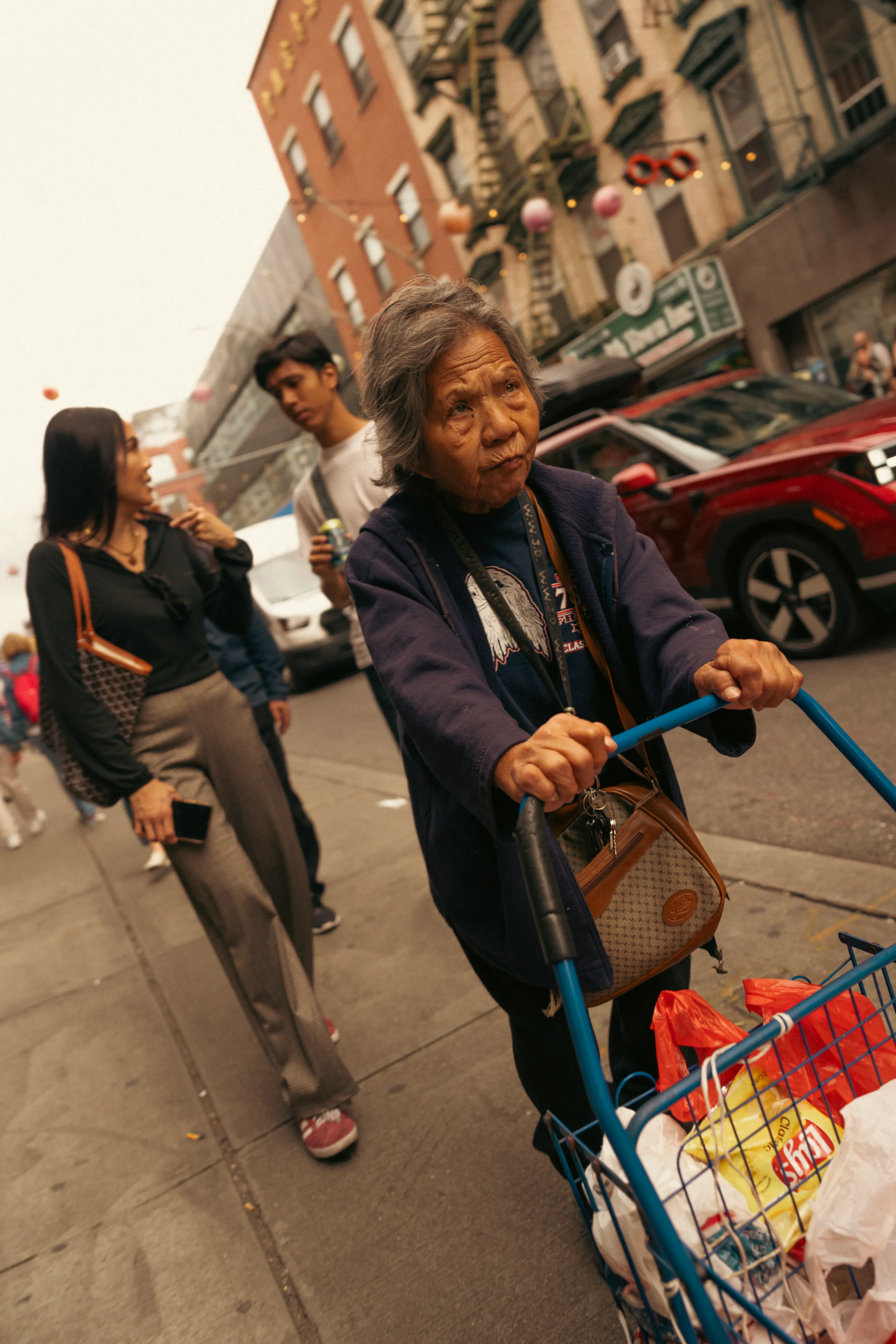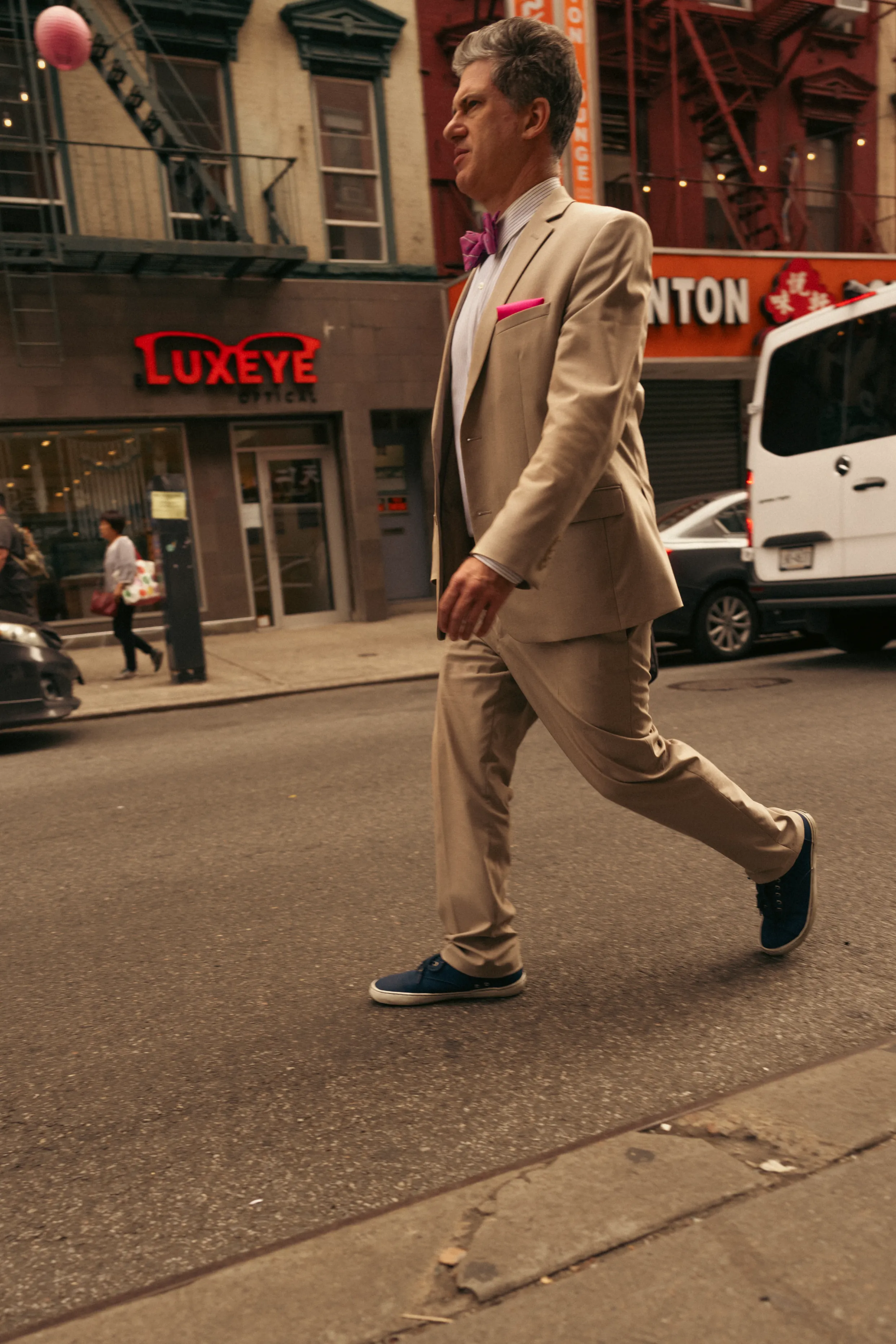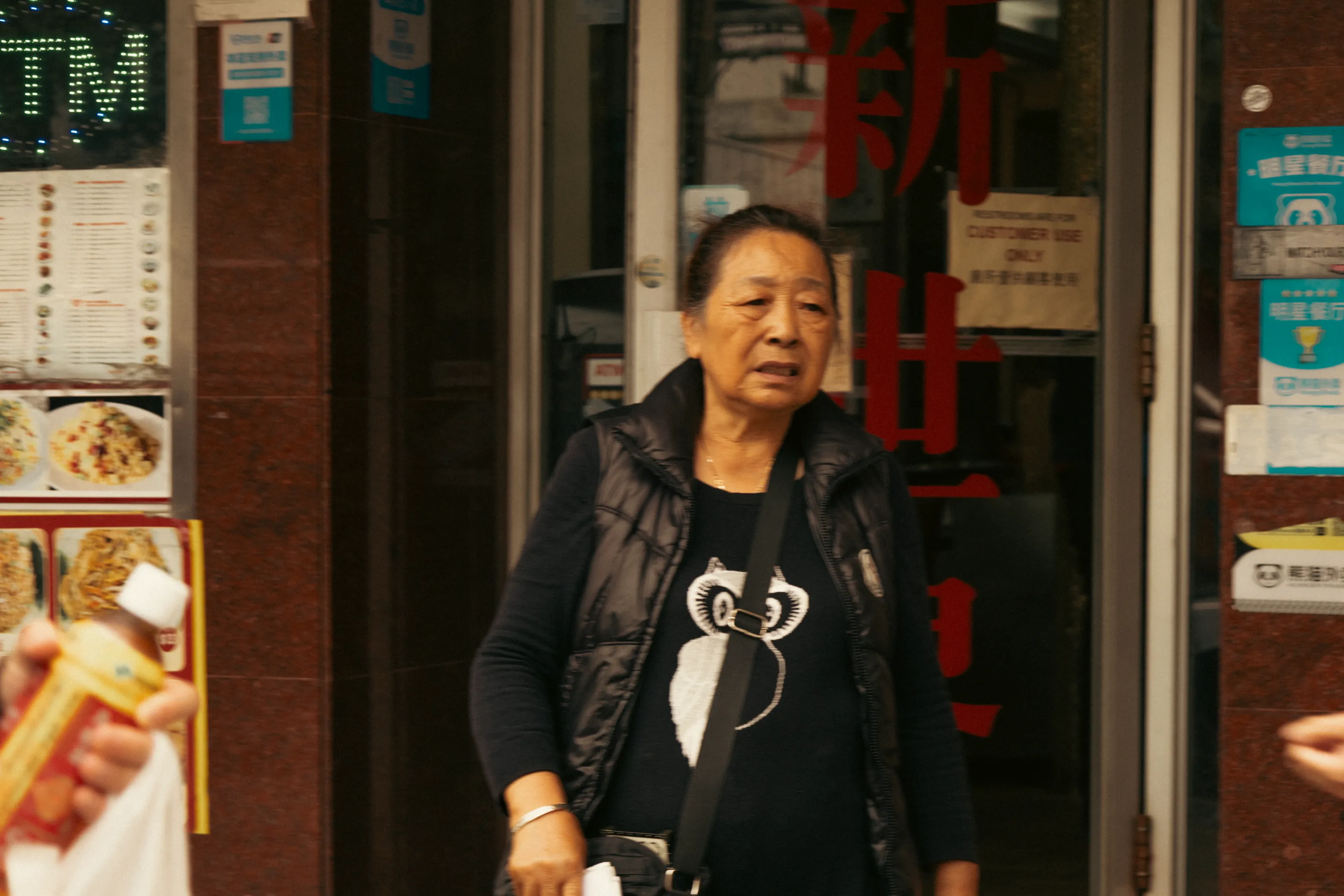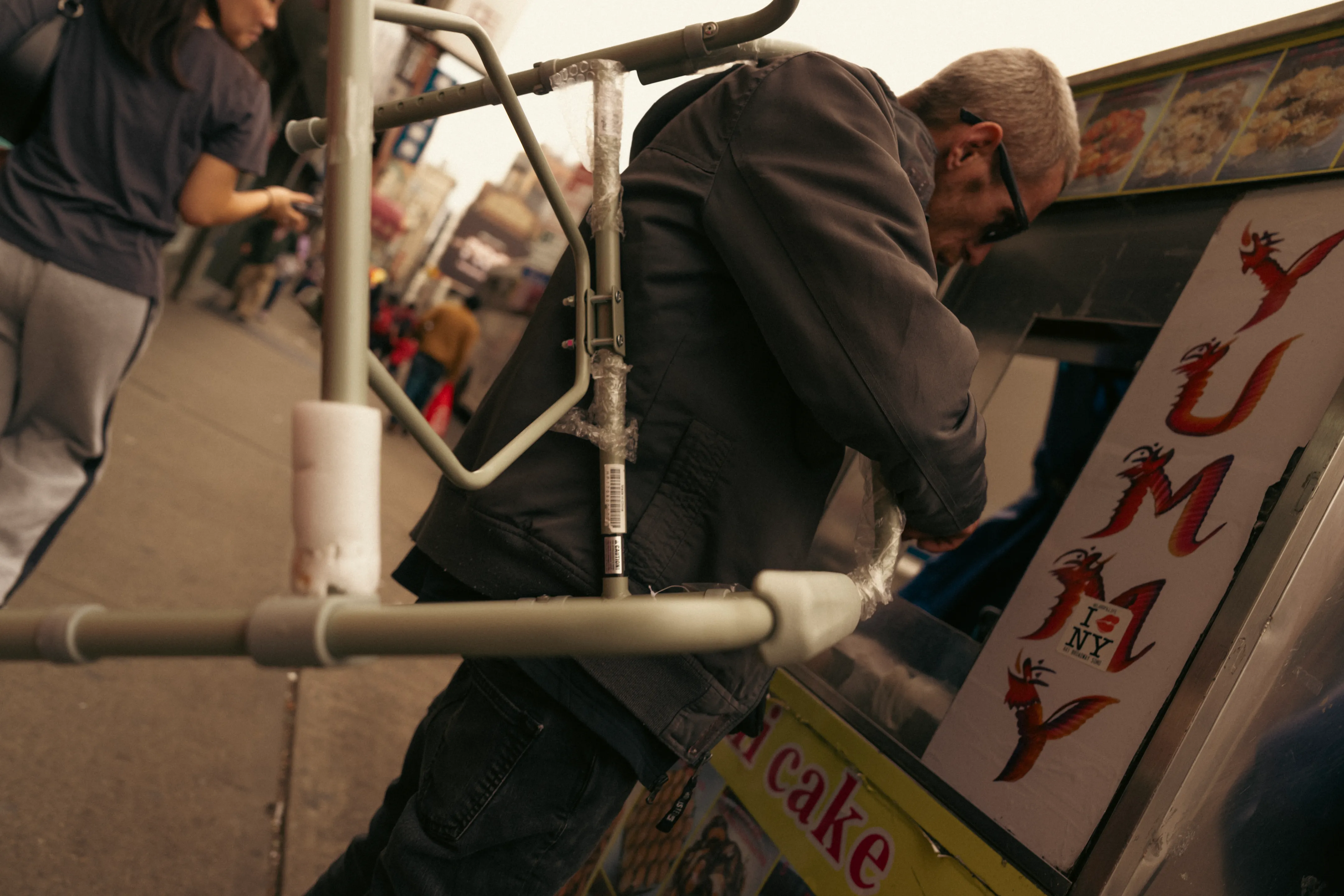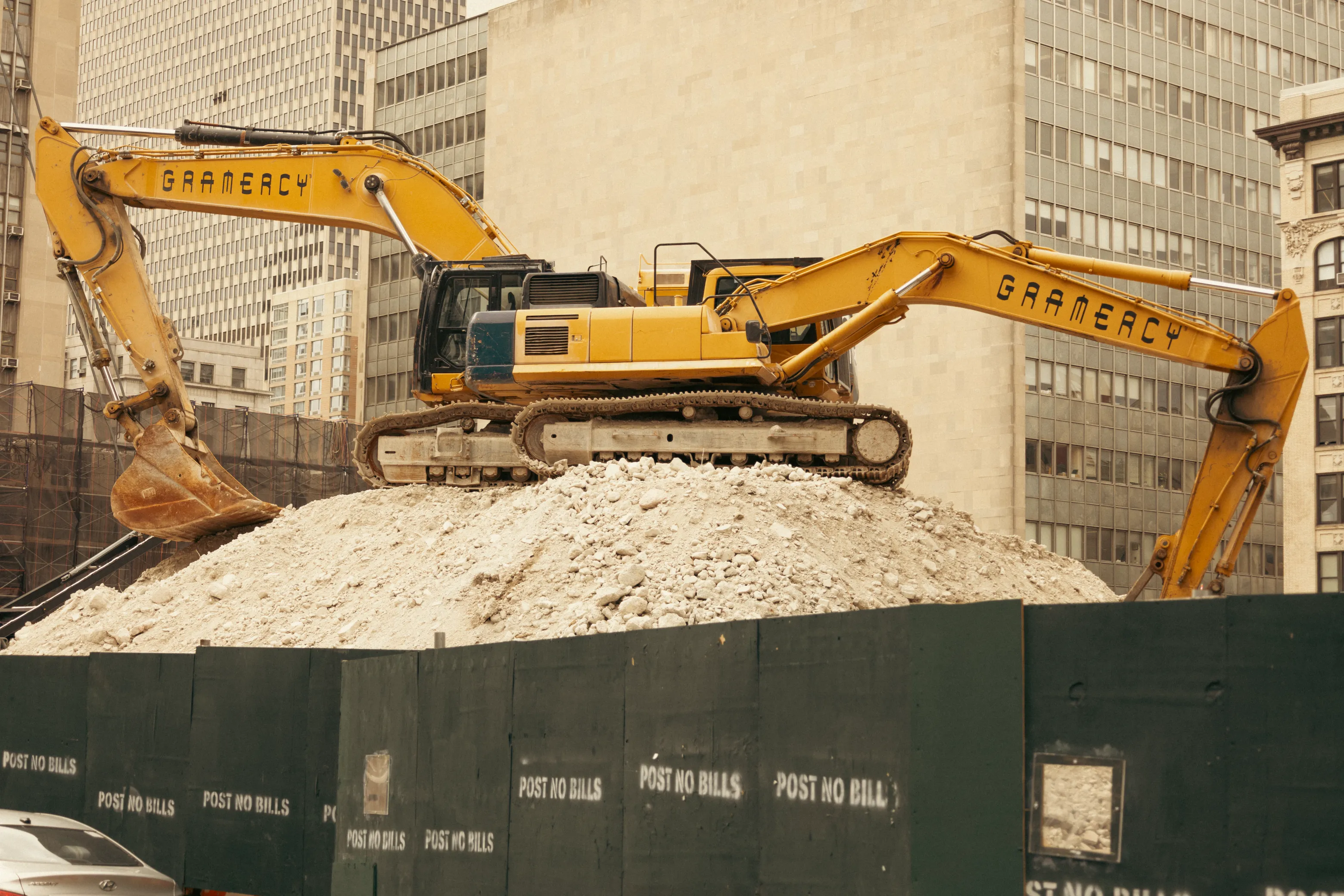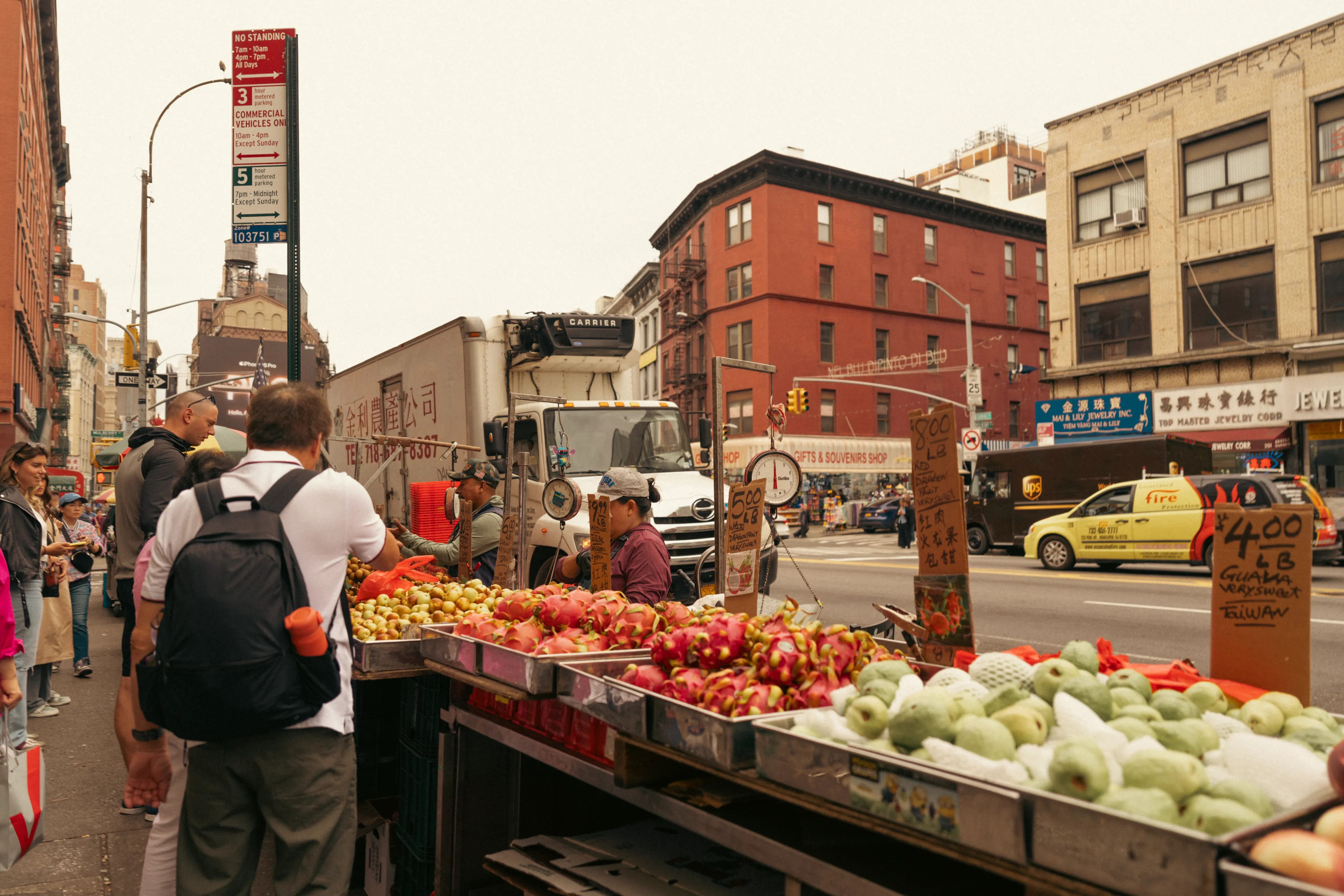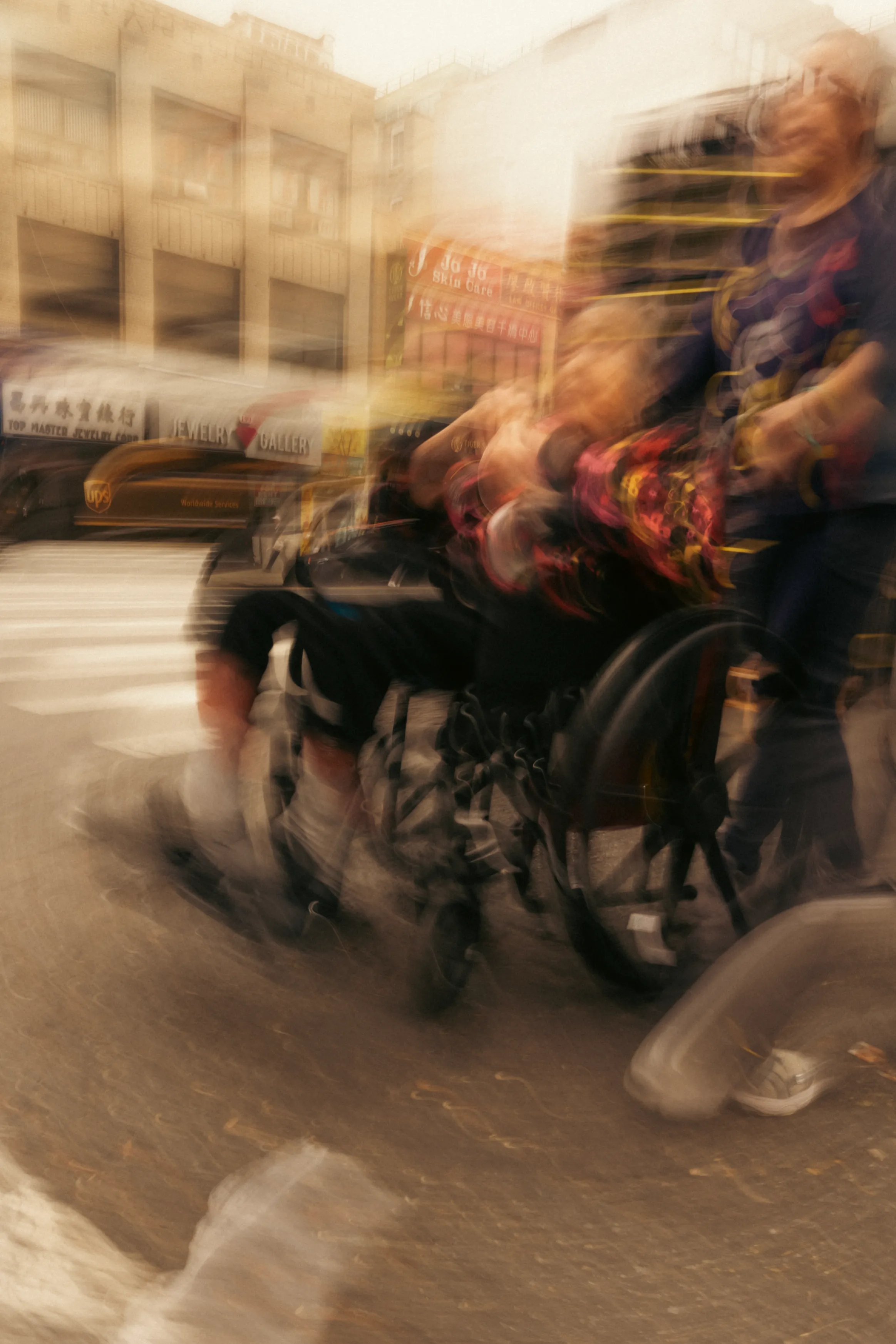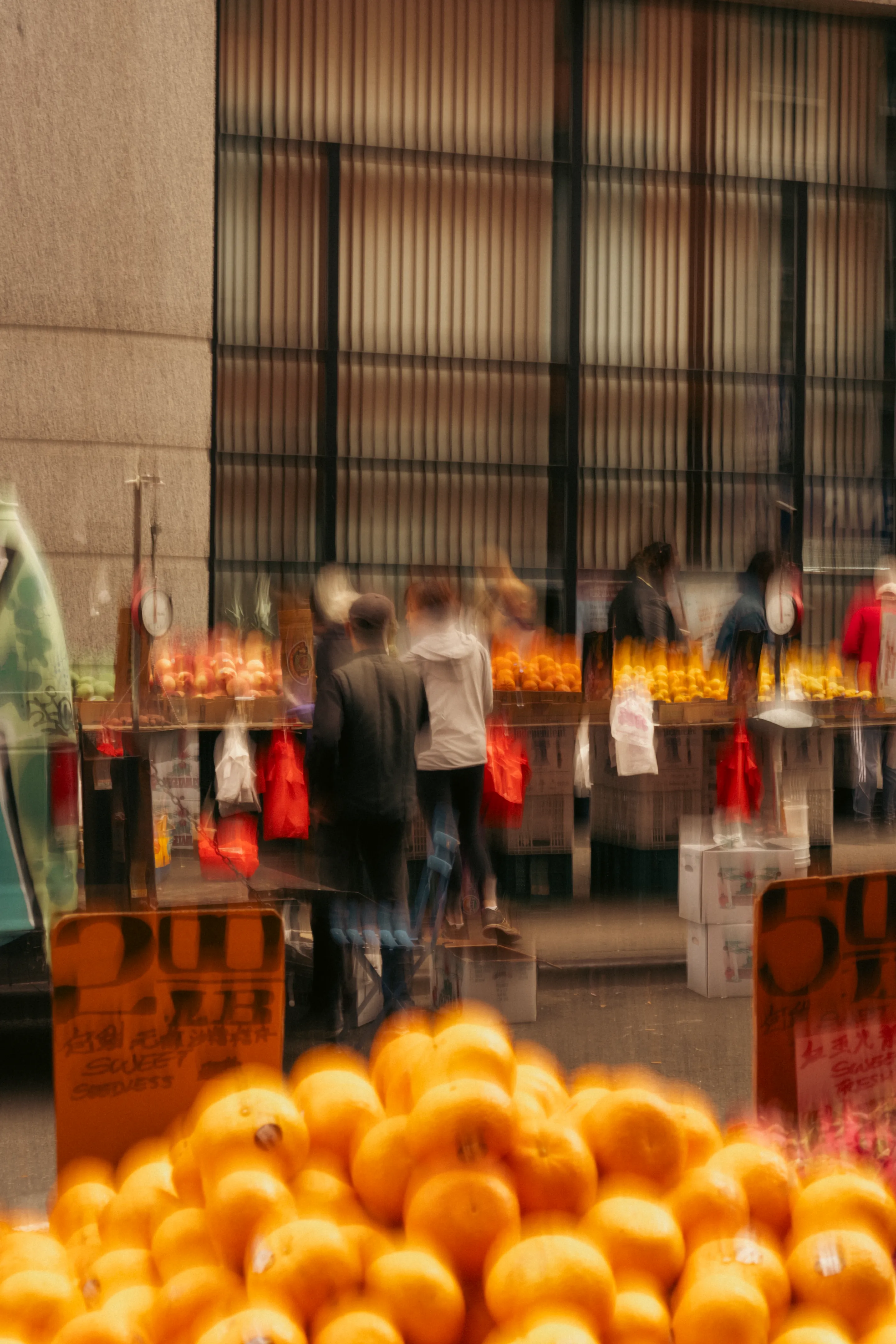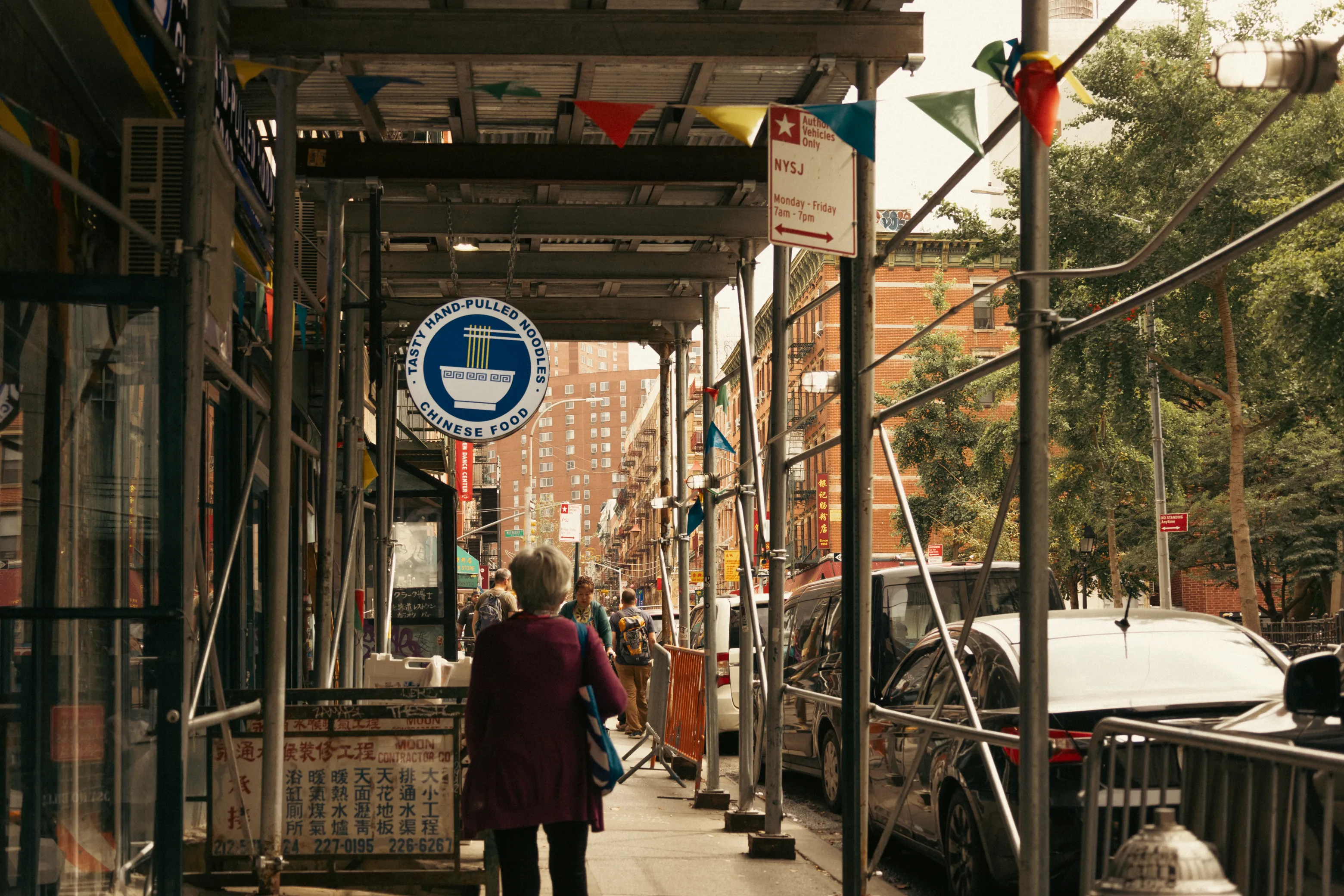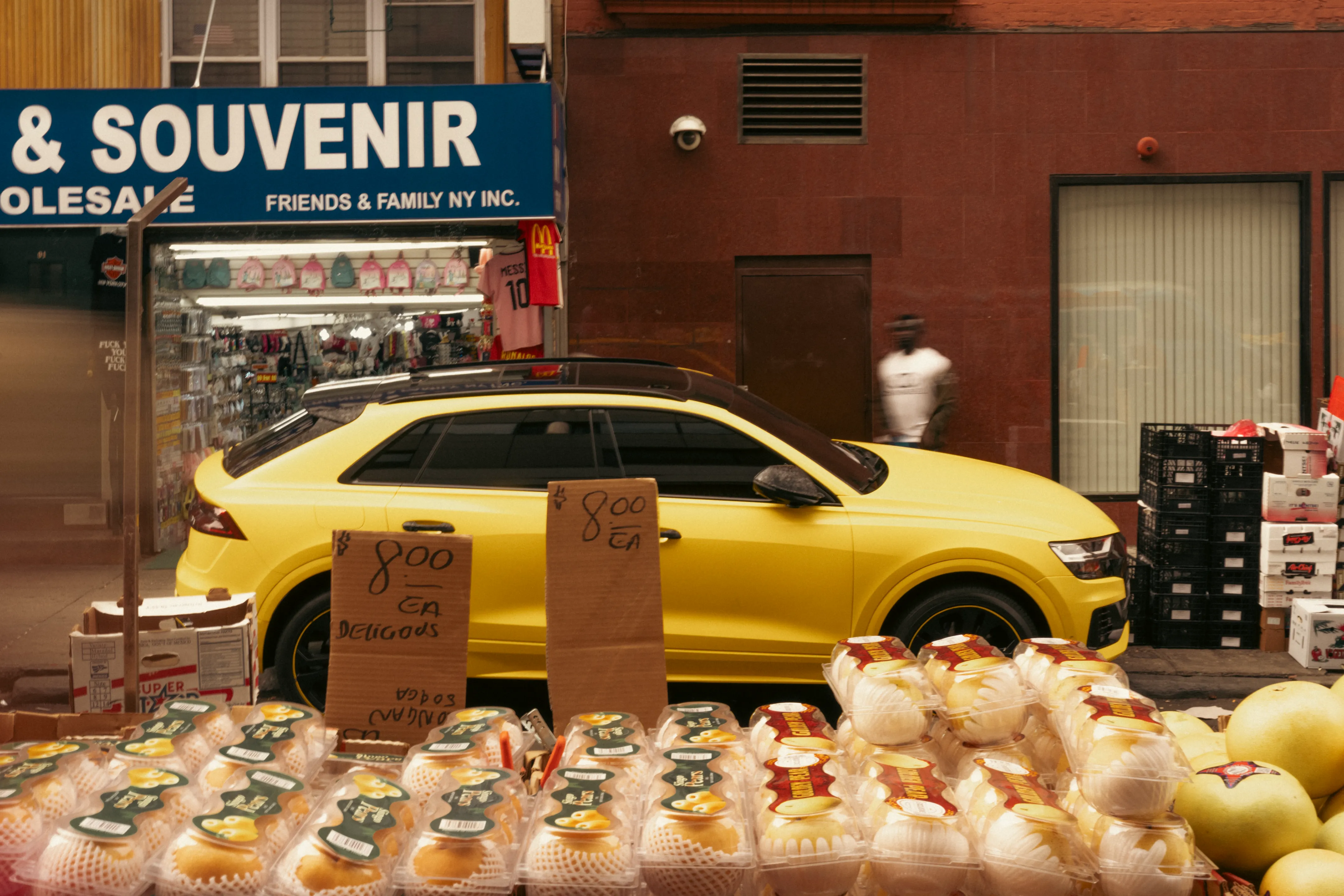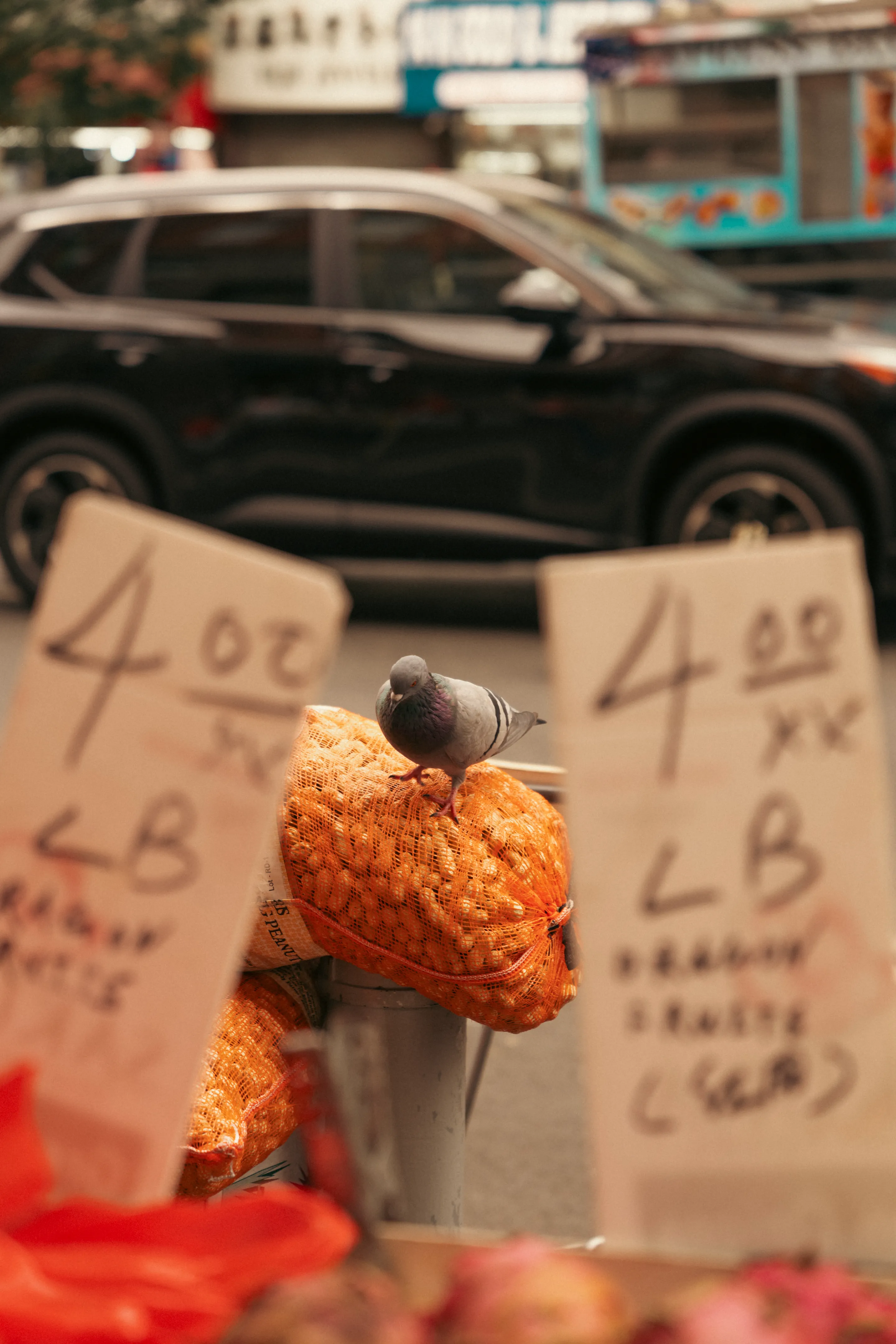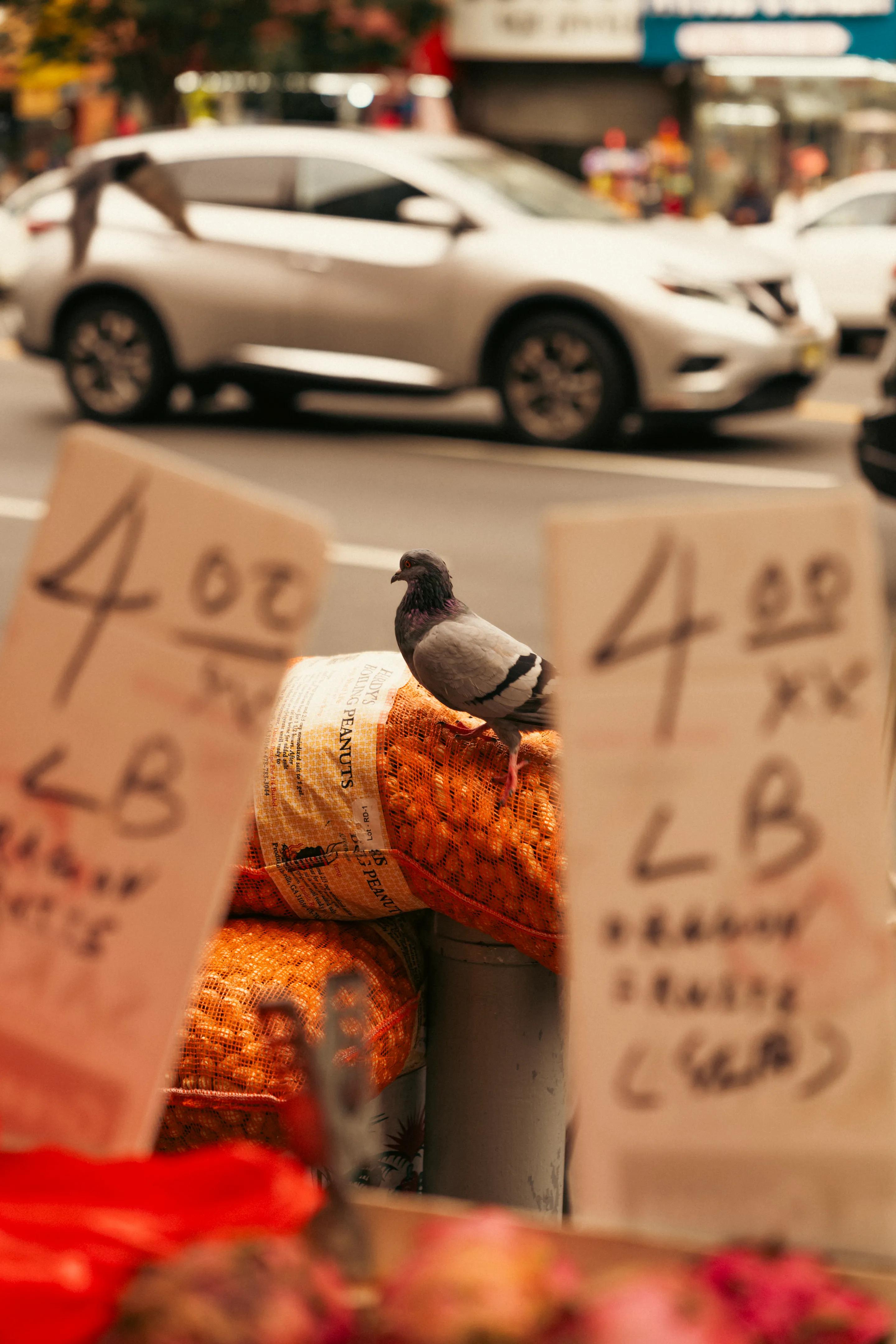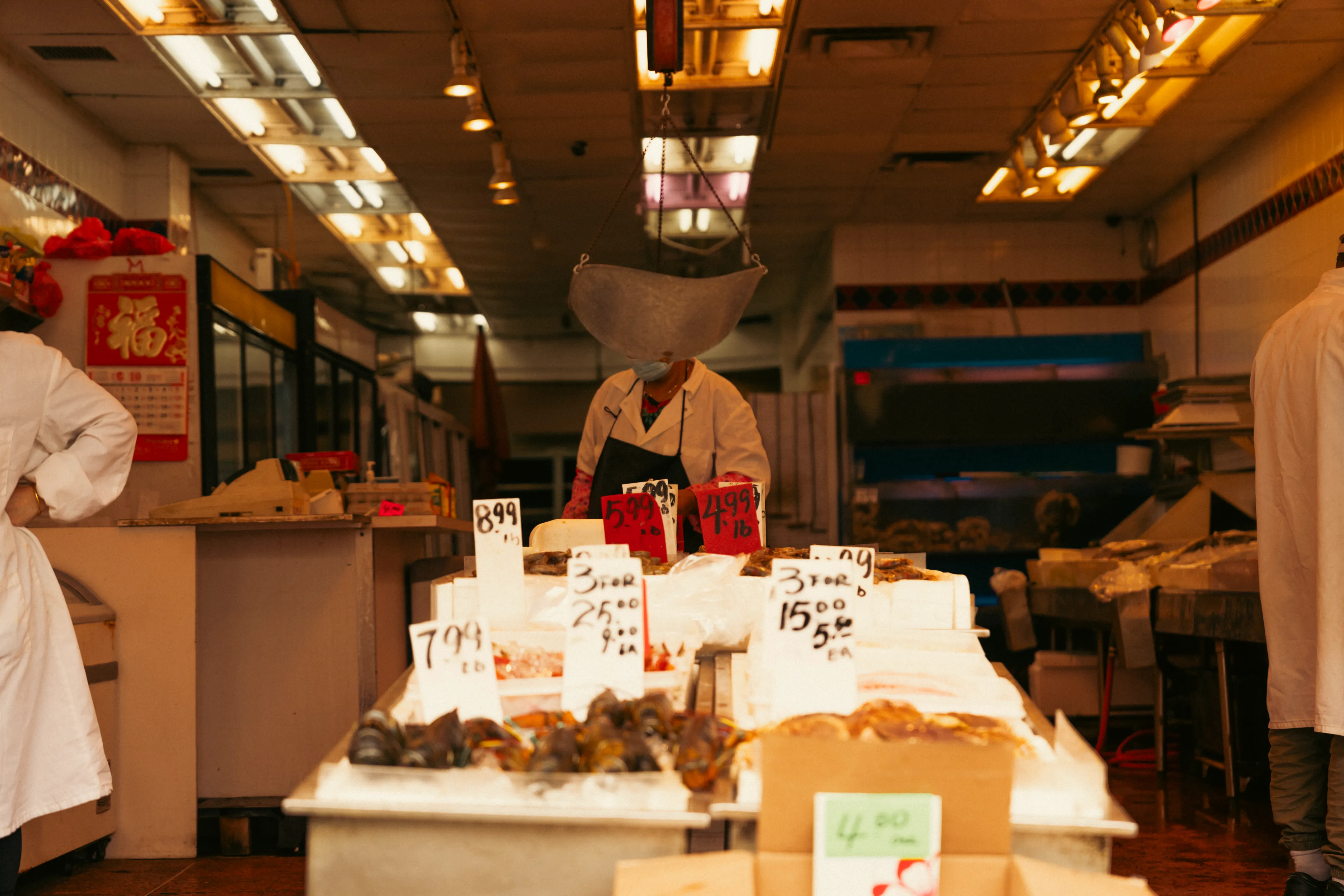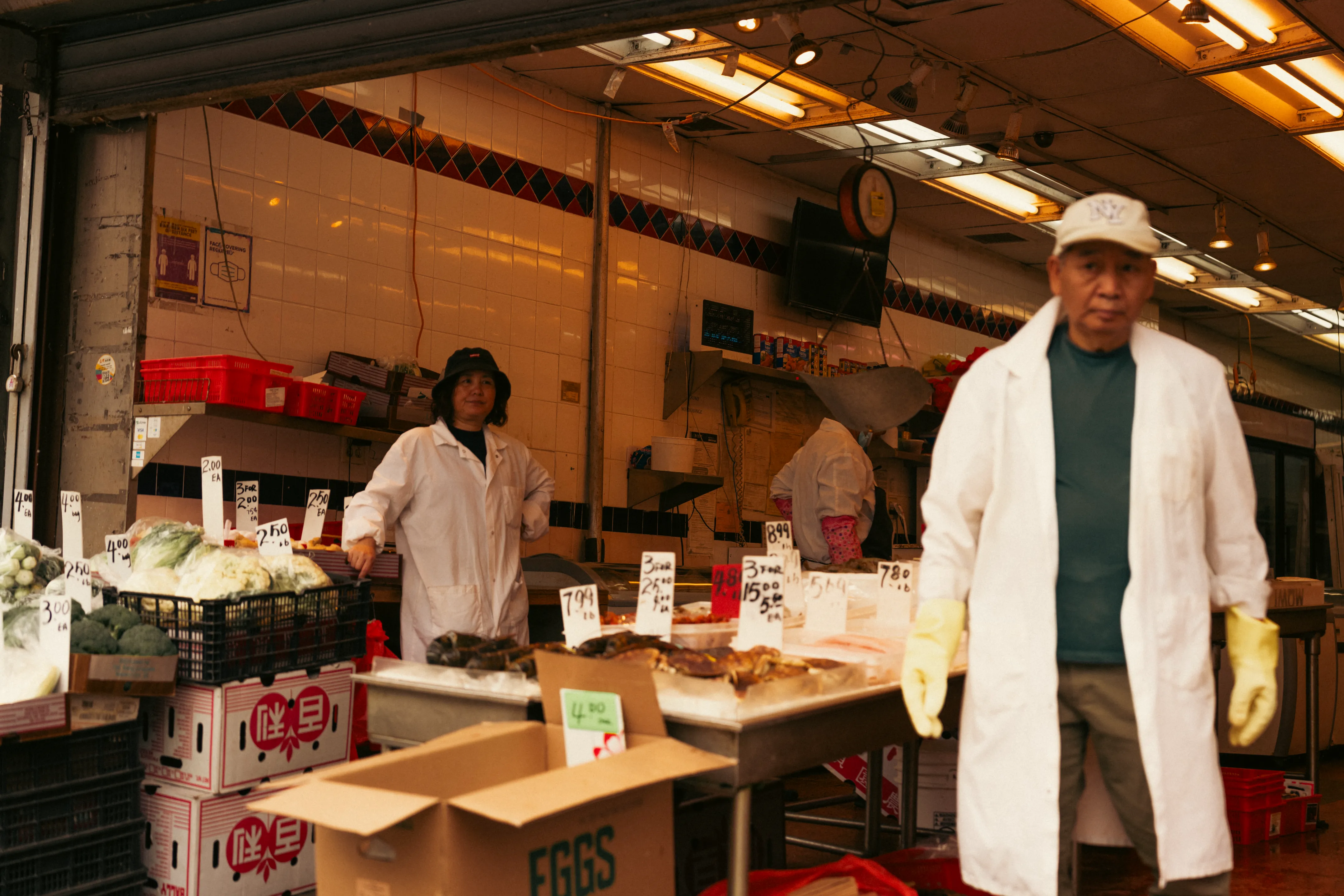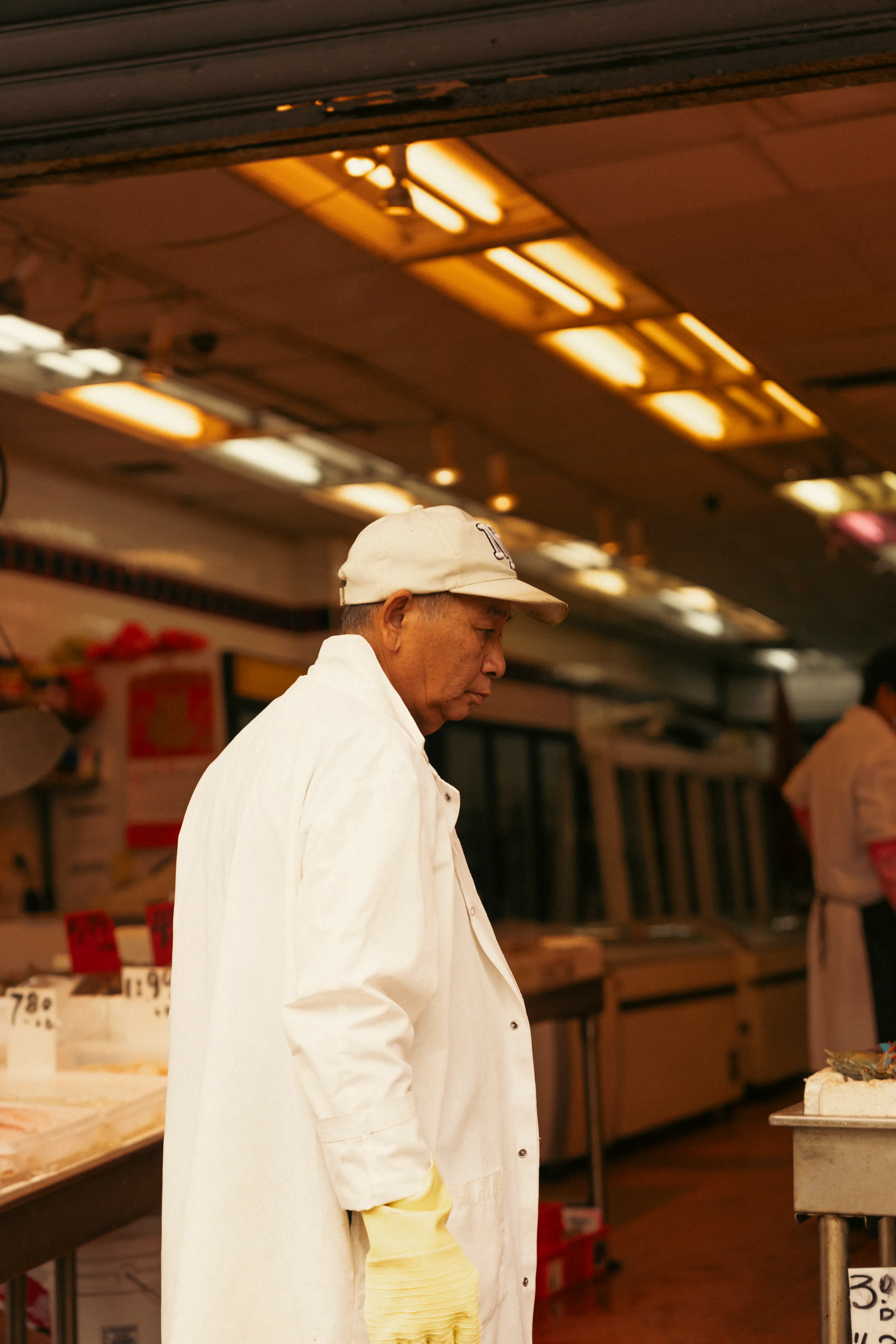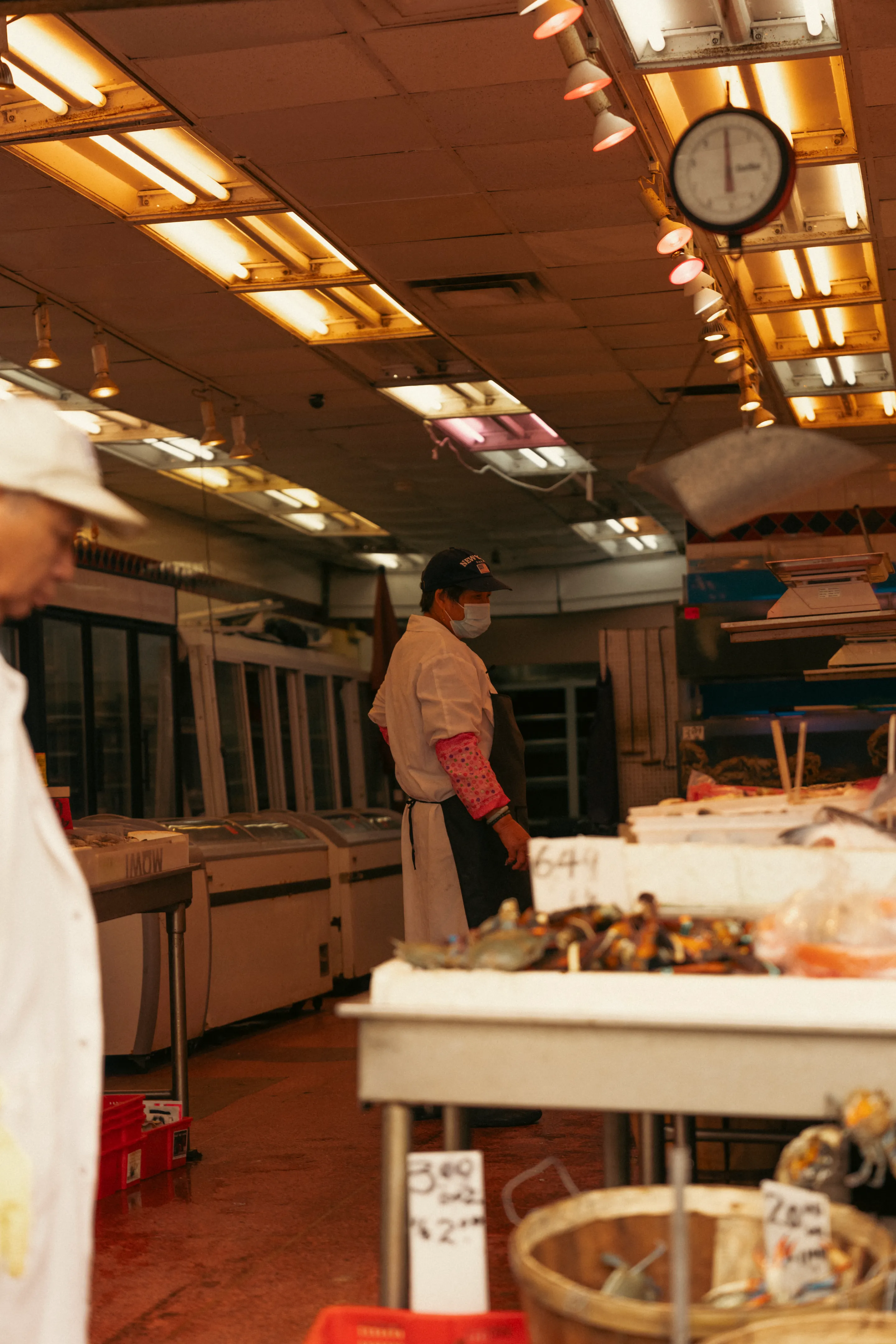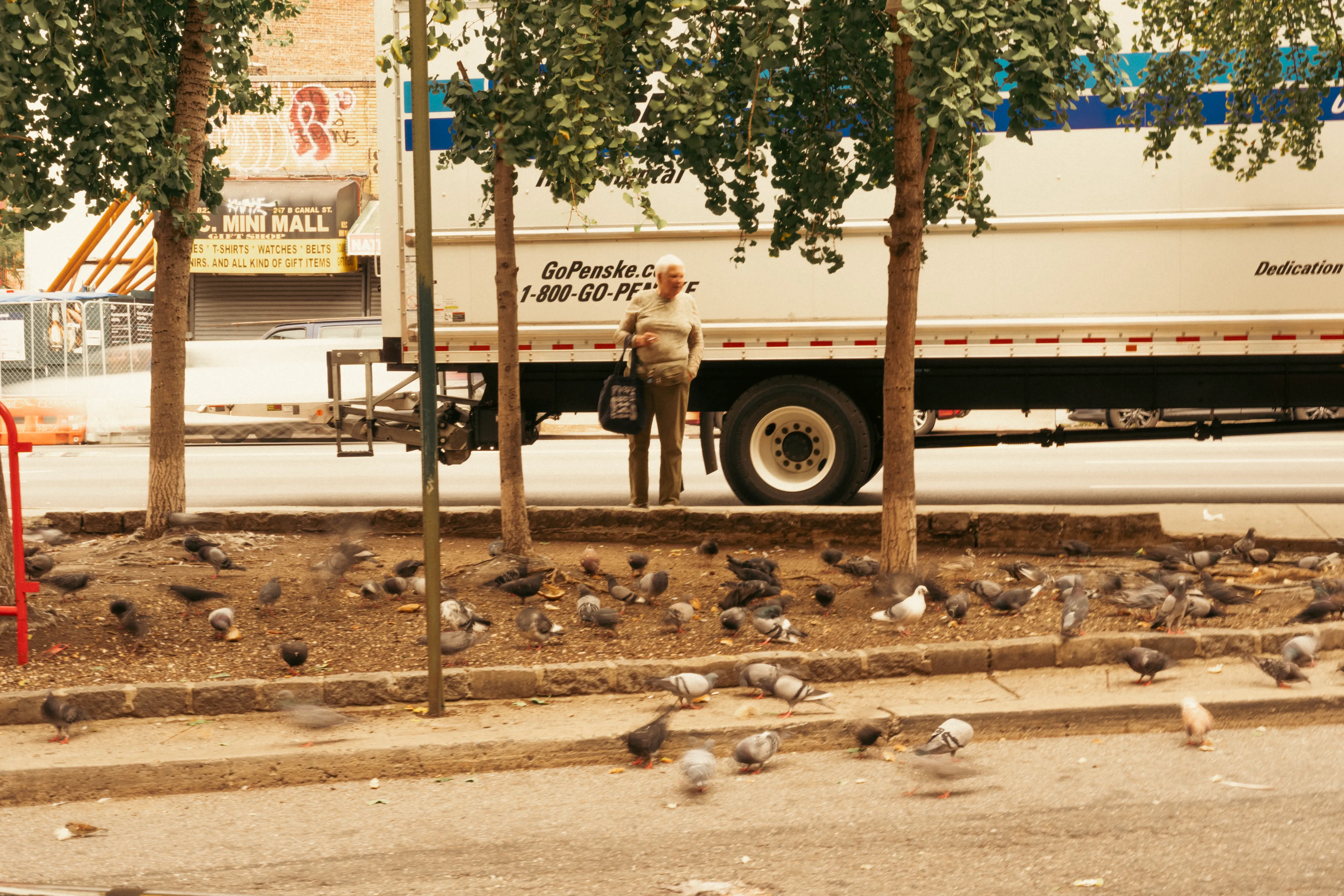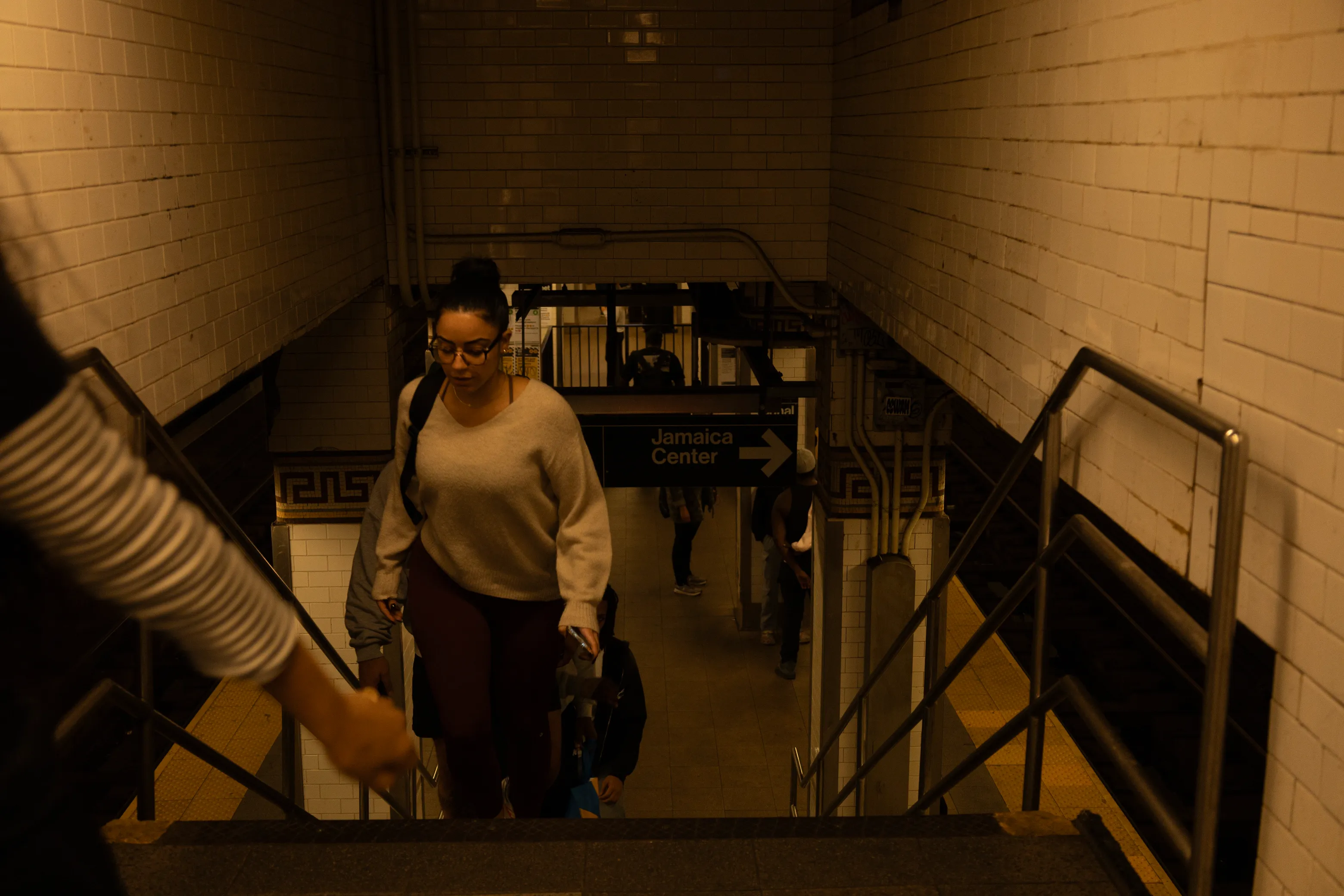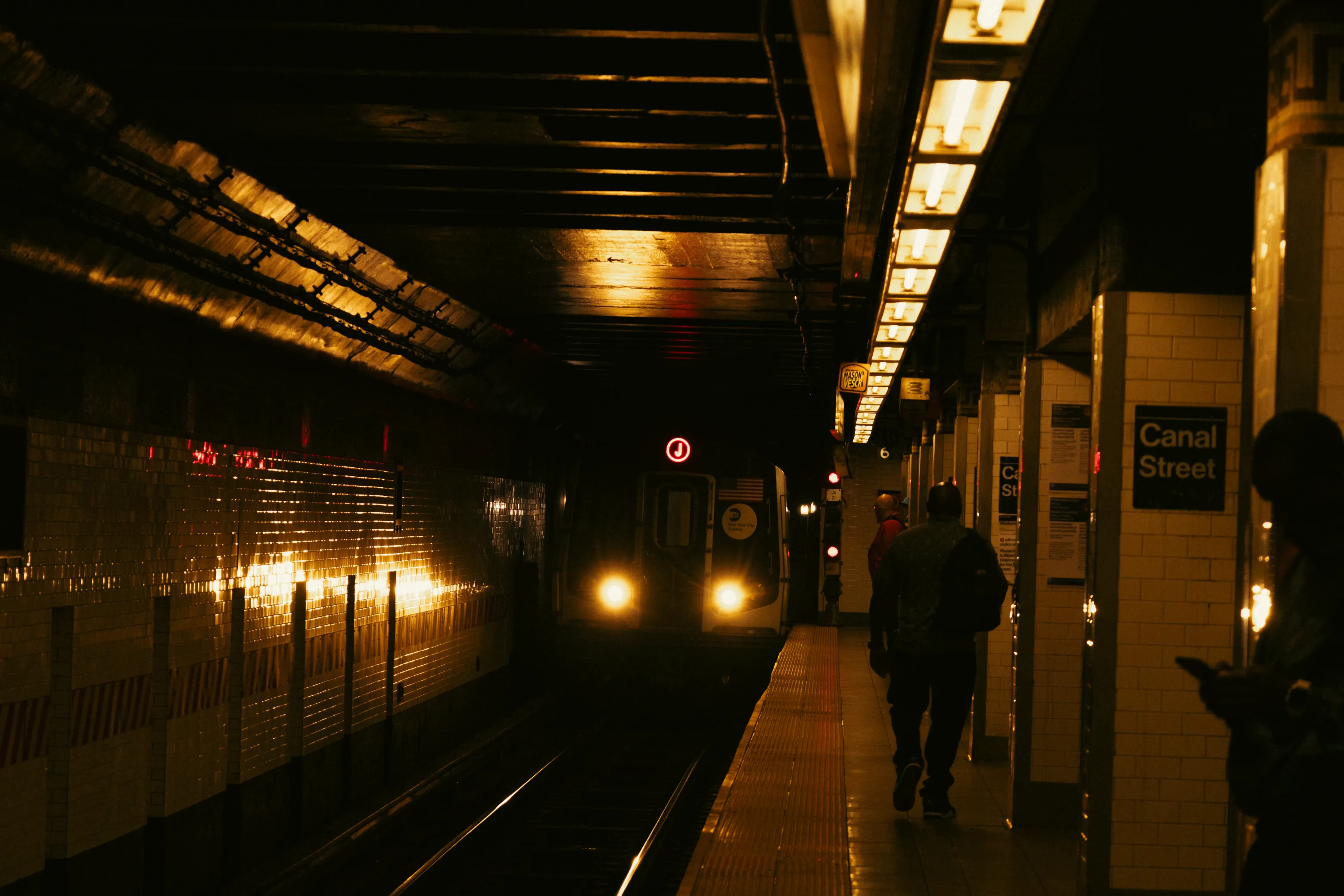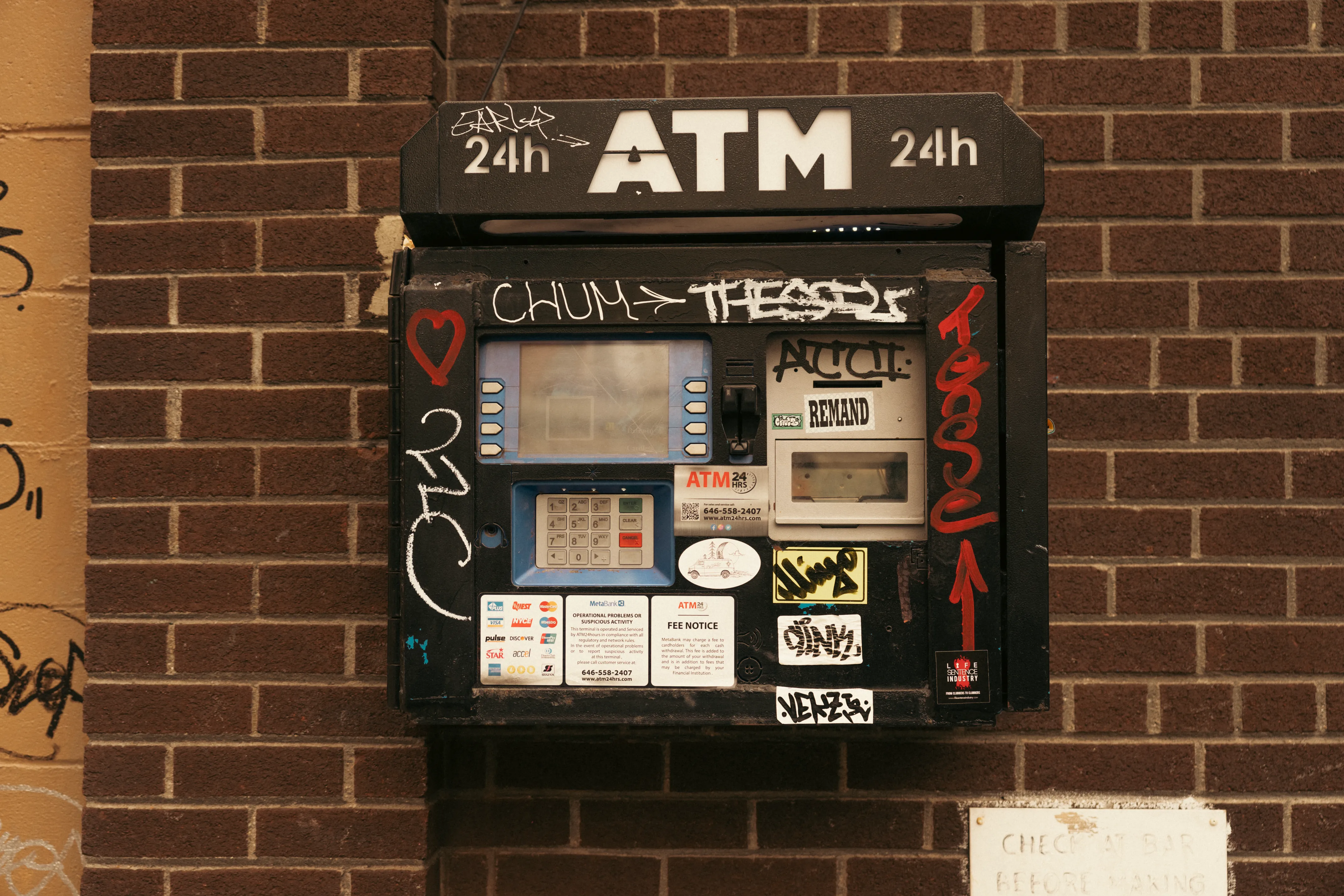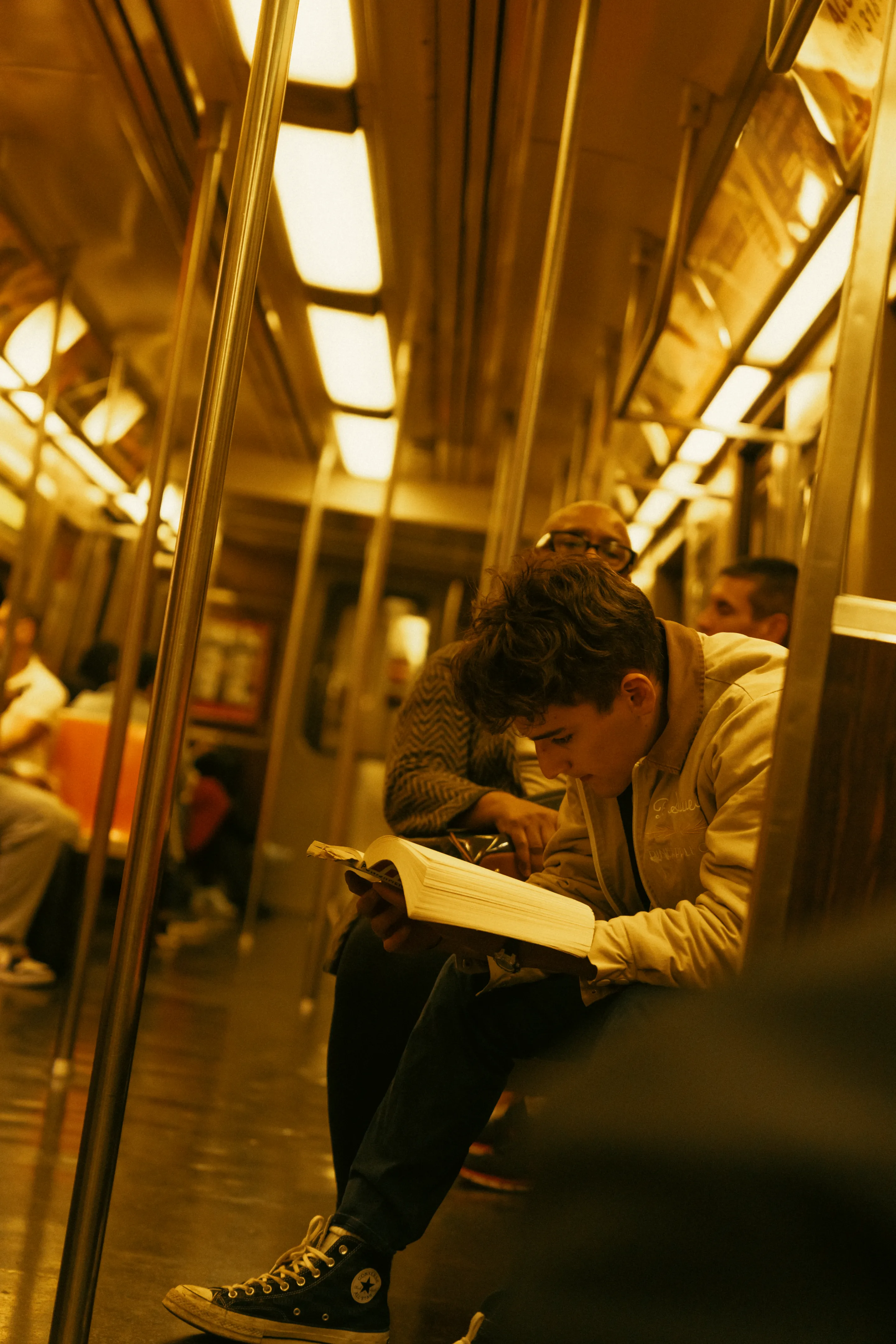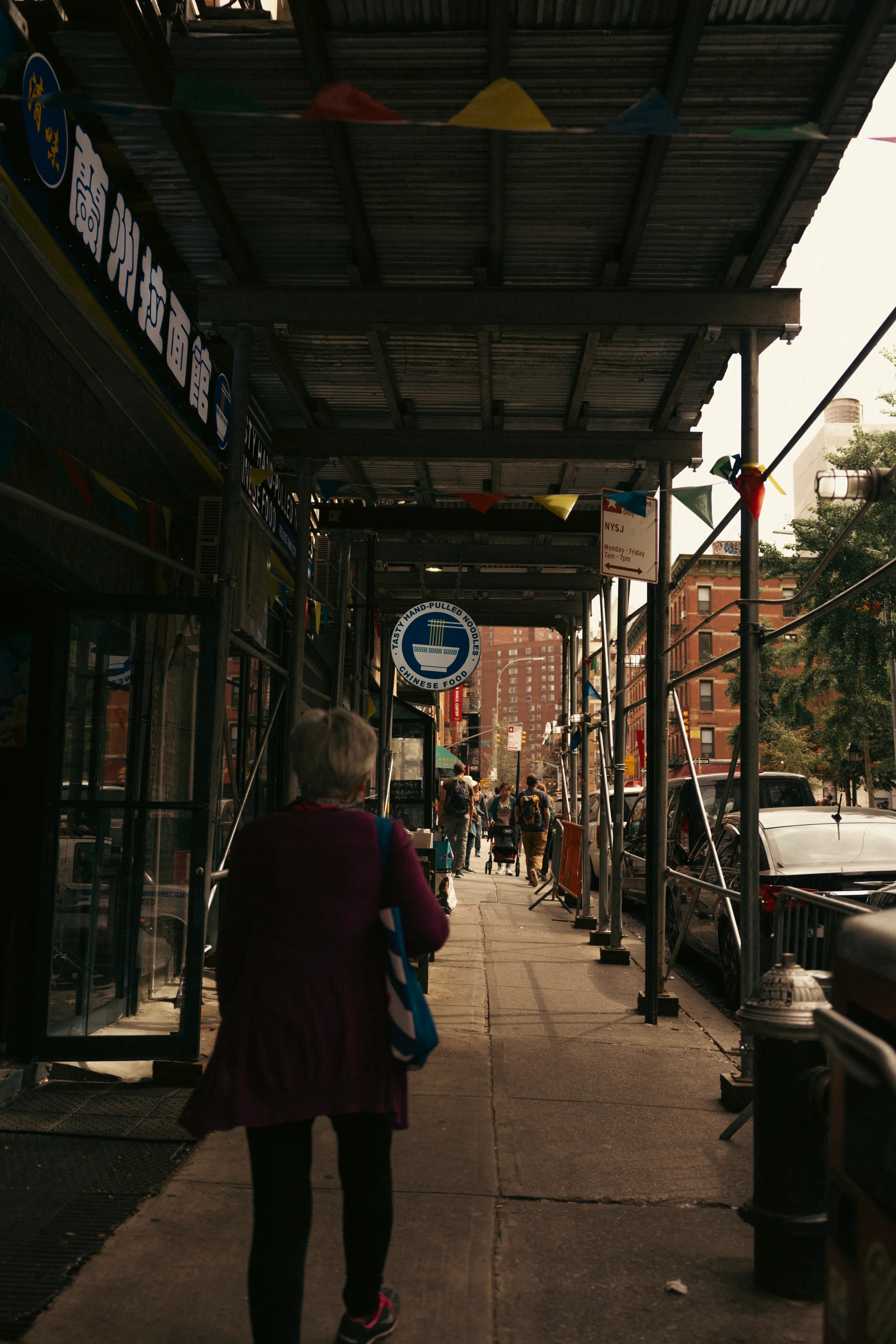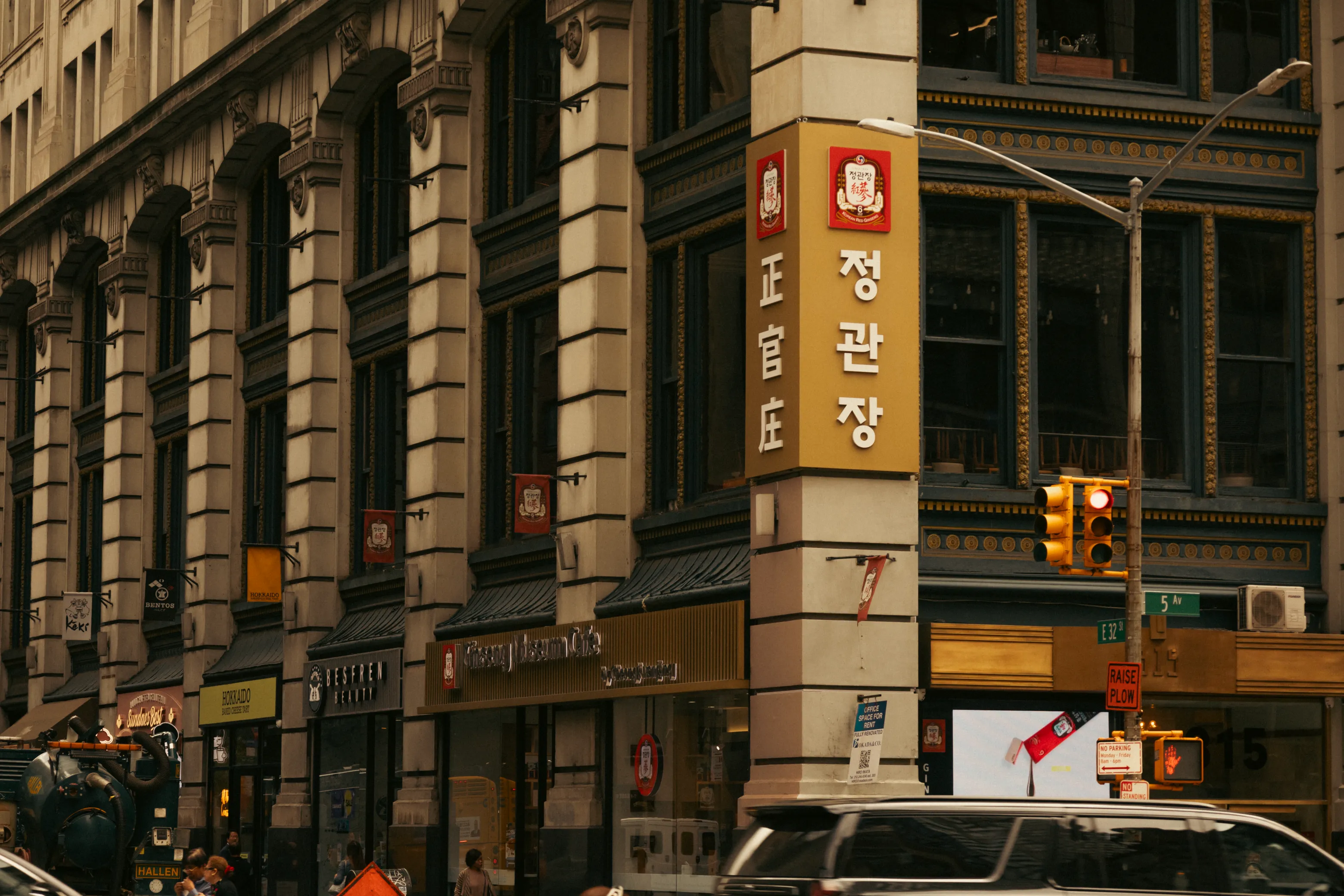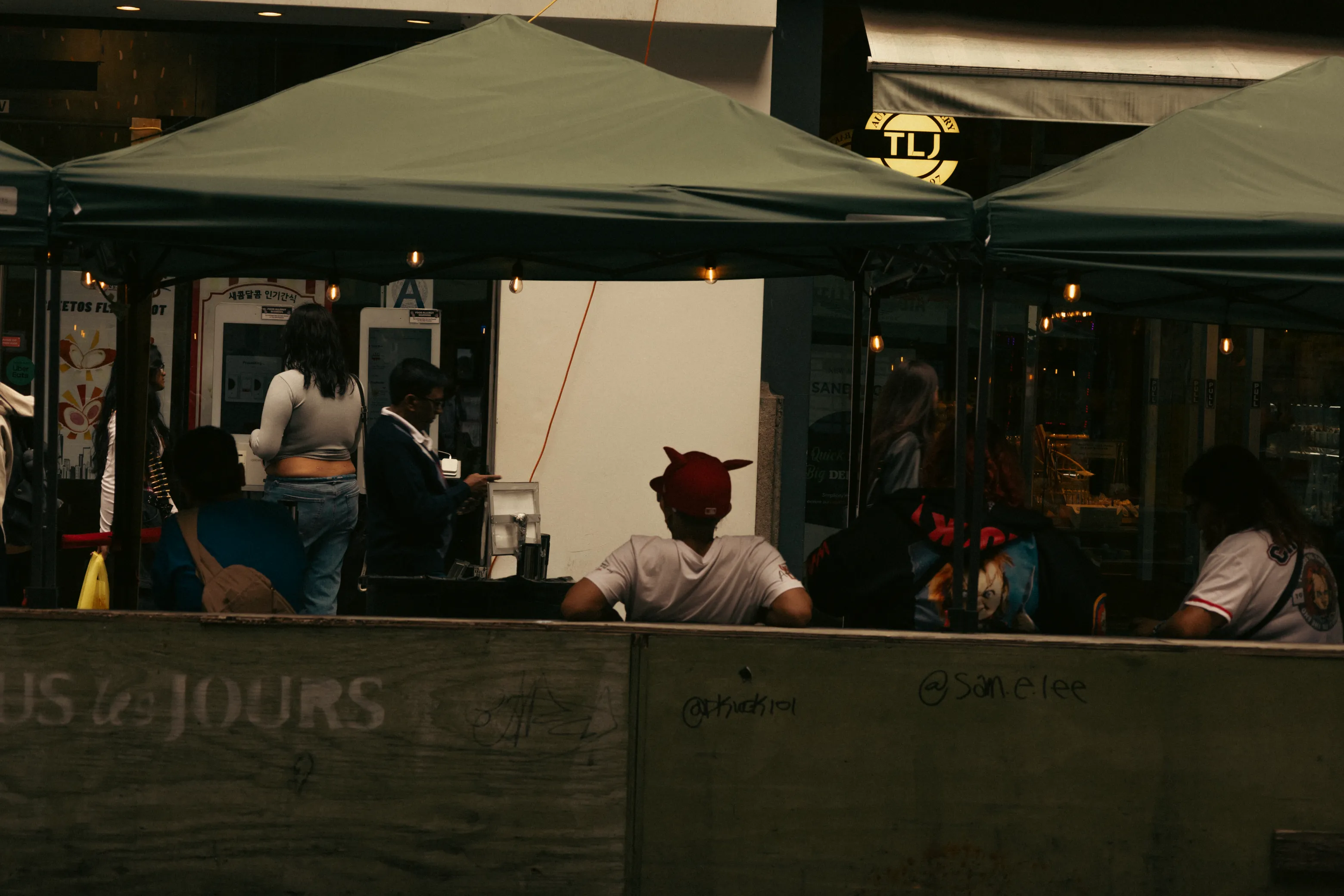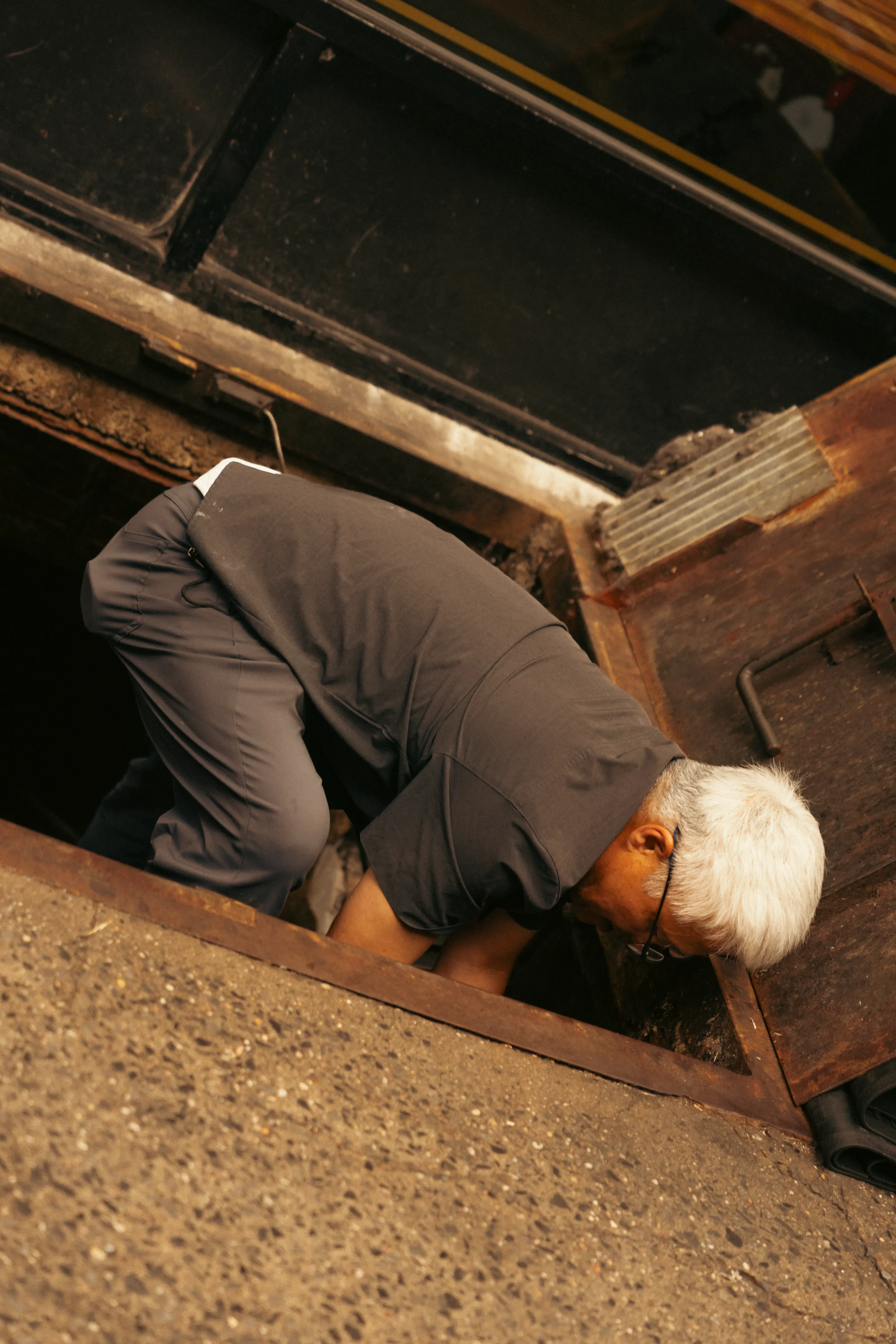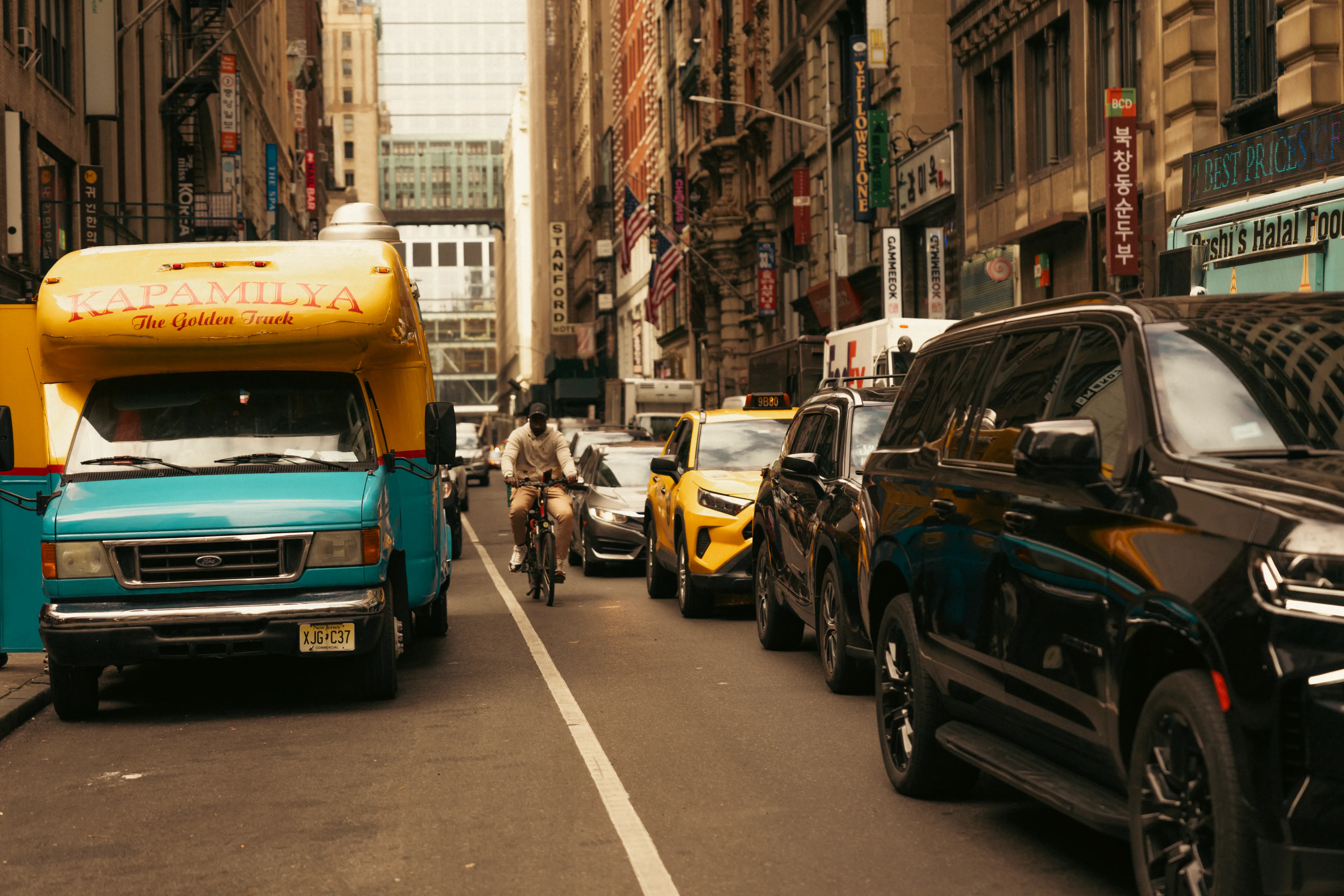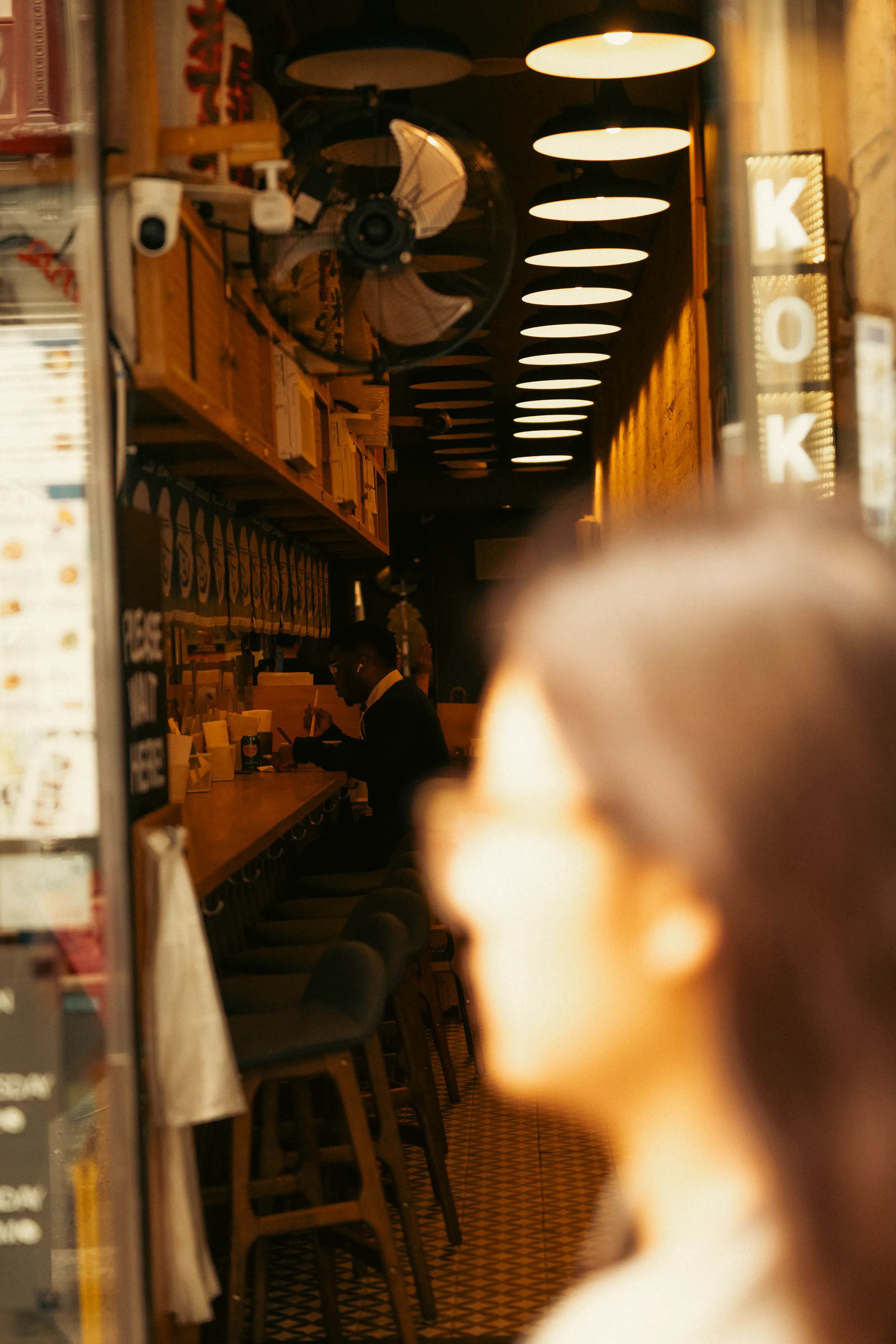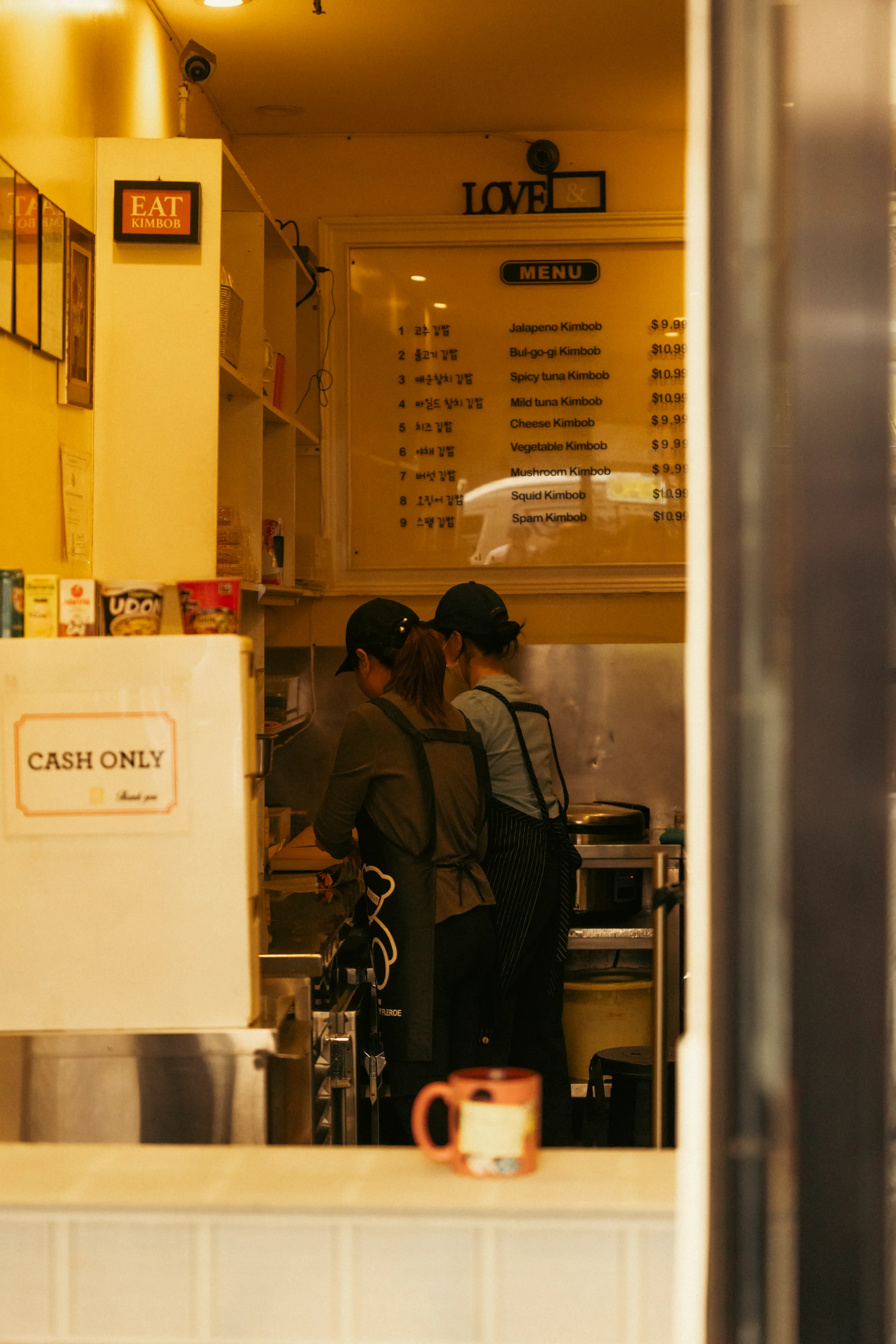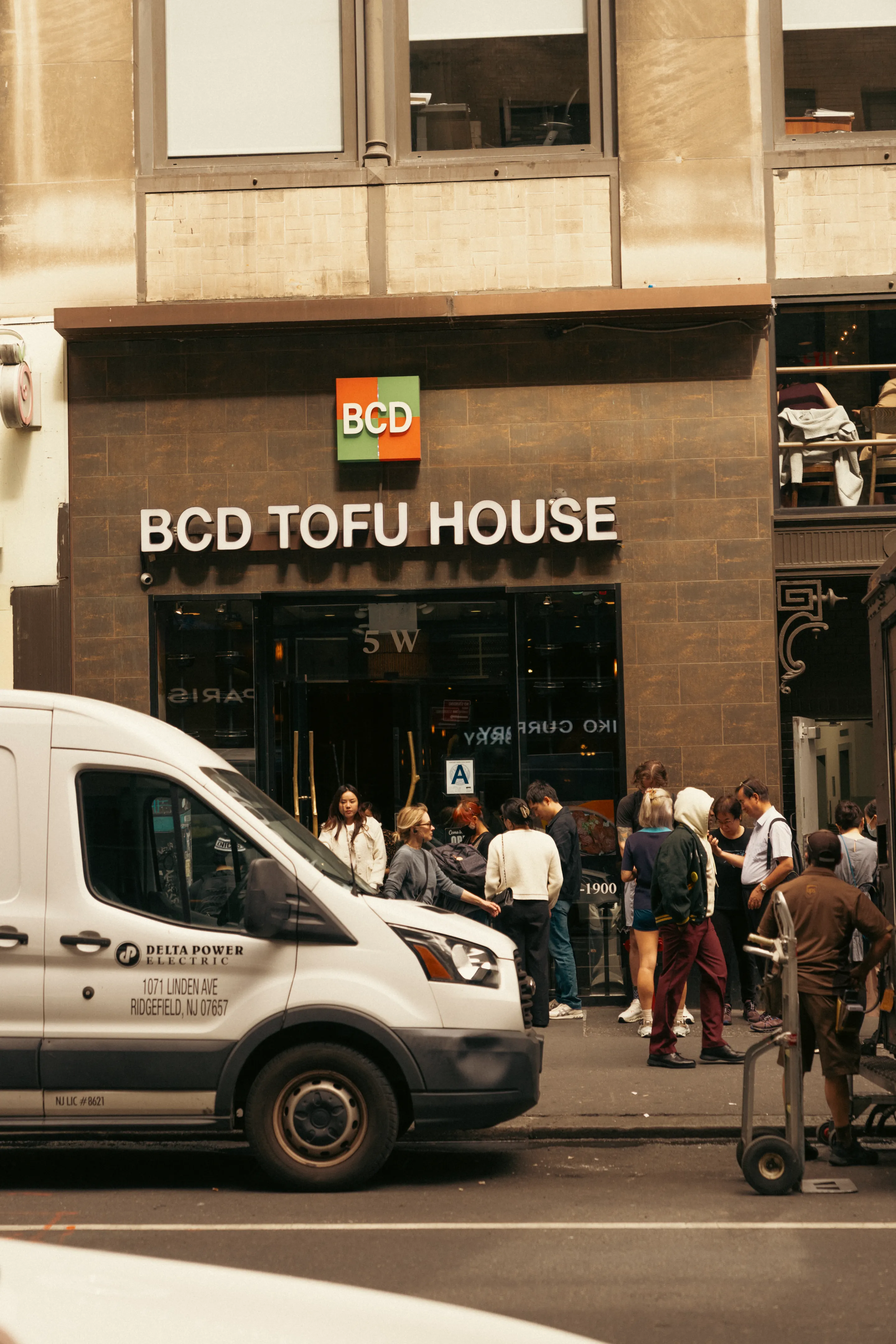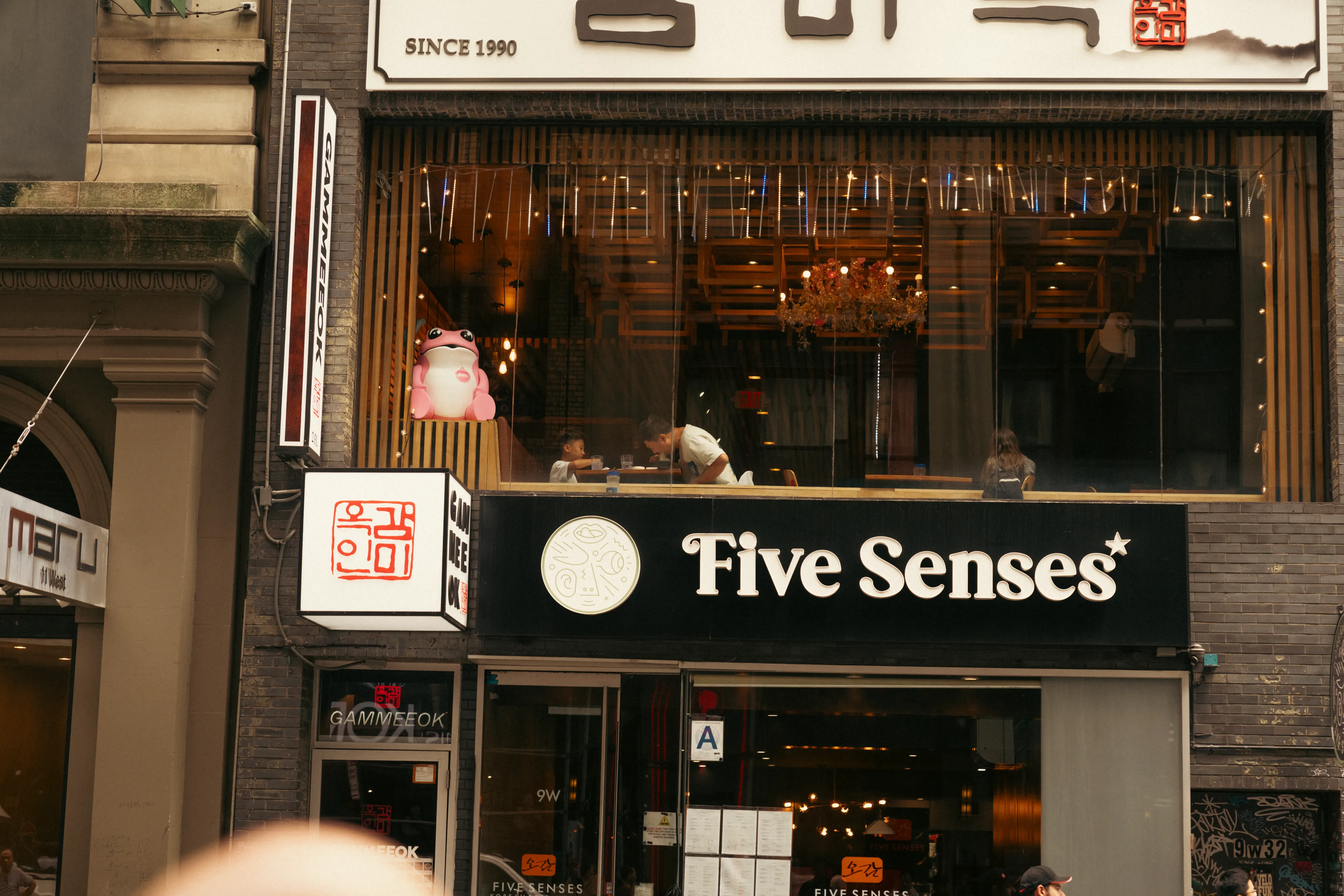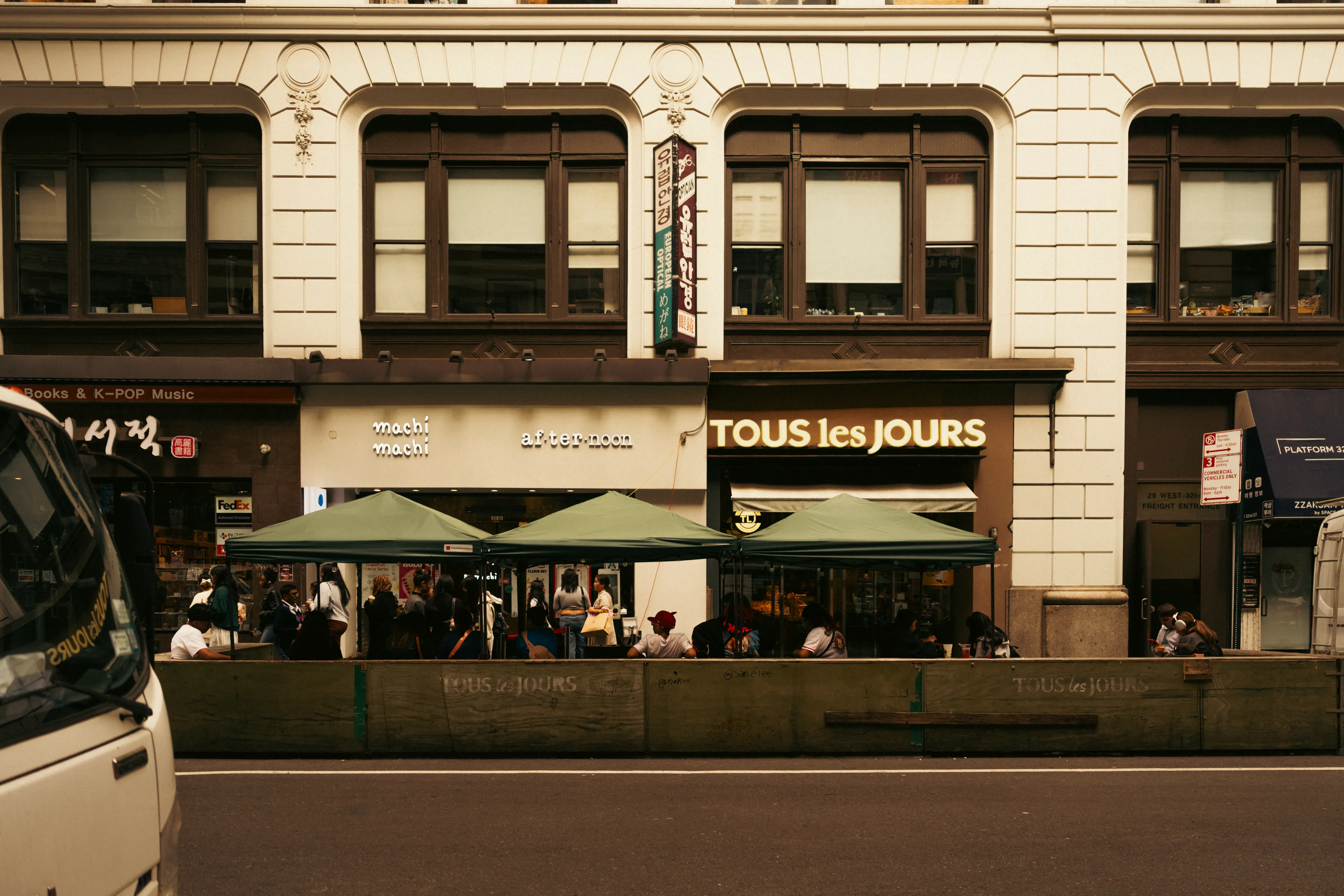CHINATOWN
KOREATOWN
Two immigrant neighborhoods that helped shape New York City
The Project
The beginnings of three of New York’s most iconic neighborhoods can be traced back to the 1800s. Chinatown and Koreatown have become staples of New York City's culture due to their elaborate cultural practices and amazing cuisine. All three of these neighborhoods have carved out a name for themselves within the ever-expanding city of New York. People flock to these neighborhoods to taste authentic cuisine. These neighborhoods are revered by New Yorkers; however, what is less known is the arduous path they took to develop. Whether it be Chinatown’s bloody origins or Koreatown's tumultuous history, both neighborhoods have rich histories waiting to be told.
CHINATOWN
Chinatown is one of New York City’s oldest and most vibrant cultural neighborhoods. Its roots stretch back to the 19th century when Chinese immigrants first began to arrive. As a result of the Burlingame Treaty of 1868, citizens of both China and the United States were granted the freedom to travel between the two countries. The first wave of Chinese immigrants arrived in the United States because of the treaty, seeking new opportunities in the country and chasing the American Dream.
In the late 19th century, Chinatown emerged as a thriving community for Chinese immigrants seeking a better life in the United States. However, economic downturns and anti-Chinese sentiment led to the passage of the Chinese Exclusion Act of 1882, which significantly curtailed immigration and forced many Chinese immigrants to adapt to limited economic opportunities. As a result, the demographics of Chinatown shifted, with laborers transitioning into domestic service and other trades.
Despite these hurdles, Chinatown continued to establish itself as a cultural and economic center. The early 20th century saw the rise of businesses such as Wing on Wo and Co., which was founded in 1890 and is still in operation today. Another significant establishment, the Nam Wah Tea Parlor, a “must-visit” dim sum restaurant that many people still frequent today, opened around 1920 and is known as the oldest continuously operating tea parlor in Chinatown. The tea parlor became a gathering place for the Chinese community, especially after the decline in violence from the Tong gangs that had plagued the area, earning it the nickname “Bloody Angle.”
Chinatown’s evolution continued throughout the 20th century, with waves of change altering its character. In the 1980s, the continuously rising cost of living in Manhattan forced many Chinese residents to relocate to more affordable places, such as Brooklyn and Queens. As the demographics shifted, businesses adapted to cater to a growing number of American customers curious about Chinese culture and cuisine. However, major events, such as the September 11 attacks and the COVID-19 pandemic, brought new challenges to Chinatown. After 9/11, tourism declined sharply, leading to economic hardship for many local businesses. More recently, the pandemic led to a rise in xenophobia and a decline in the population, with approximately 1,500 residents leaving between 2010 and 2020.
Despite these difficulties, Chinatown remains a cornerstone of New York’s cultural landscape today. To this day, the rich history of the Chinese community continues, from its historic restaurants to its festivals and traditions, continuing to draw both locals and tourists.
koreaTOWN
While Chinatown’s origins date back to the 19th century, the origins of New York City’s Koreatown are more recent, becoming a distinct neighborhood in the latter half of the 20th century. Located in midtown Manhattan on West 32nd Street, Koreatown grew out of what was once a textile district. Korean immigrants transformed this area as they sought to make their mark in the city. The neighborhood began to take shape in the 1970s, with Korean entrepreneurs opening businesses that served as a bridge between their homeland and the opportunities in New York.
In its early days, many Koreatown business owners lived in Queens, commuting long hours to manage their restaurants, shops, and offices in Manhattan. As new housing developments began near Koreatown, many Koreans moved closer to their businesses. This helped Korean-American immigrants establish a strong residential community alongside the vibrant area. This shift also attracted new waves of Korean immigrants who brought with them the culinary traditions and cultural practices that define the neighborhood today.
By the 1990s, Koreatown had grown into a thriving center of Korean culture. In addition to restaurants, karaoke bars and specialty shops filled Koreatown’s streets, bringing Korean culture to the area. The stretch between West 31st and 32nd Streets became known as “Korea Way” in 1995, defining the area’s status as a central hub for the Korean-American community. Although Koreatown is much smaller geographically compared to other ethnic neighborhoods, Koreatown’s impact on the city’s food scene and nightlife has been substantial, as Koreatown’s eateries continue gaining popularity among New Yorkers and tourists.
Like Chinatown, Koreatown has faced its share of challenges, particularly in recent years. The COVID-19 pandemic severely impacted the neighborhood, leading to a decline in foot traffic and revenue. The spread of the virus also brought with it a surge in xenophobic attitudes, which negatively impacted many Korean-owned businesses. Restaurants and stores that once had customers waiting in line found themselves struggling to stay afloat during periods of lockdown and social distancing.
Despite these hardships, the spirit of Koreatown remains strong. Many businesses began thinking of different ways to sustain themselves through tough times. For example, most restaurants adapted during the COVID-19 pandemic by offering delivery service and expanding their online presence. Today, Koreatown is a popular destination for those seeking both authentic and fusion Korean cuisine. Not only do visitors to Koreatown seek food, but they also seek cultural experiences and a sense of community within the bustling streets of Manhattan. Koreatown remains a busy, modern, yet still authentic neighborhood that tells a story of adaptation and growth. Koreatown is indeed a place where the warmth of Korean hospitality continues to welcome anyone who visits.
